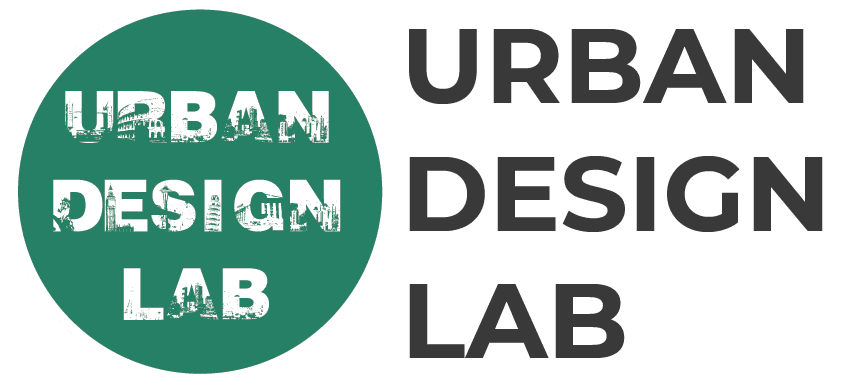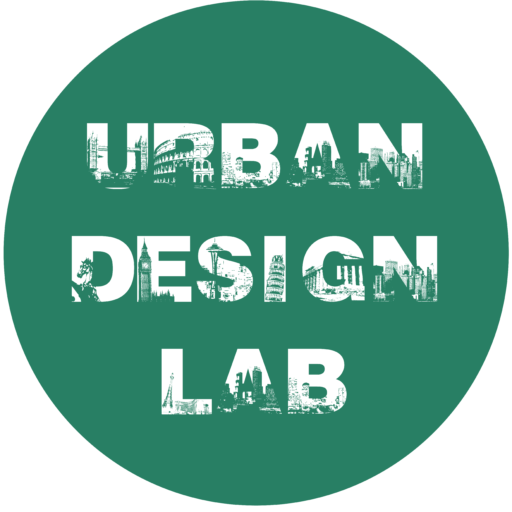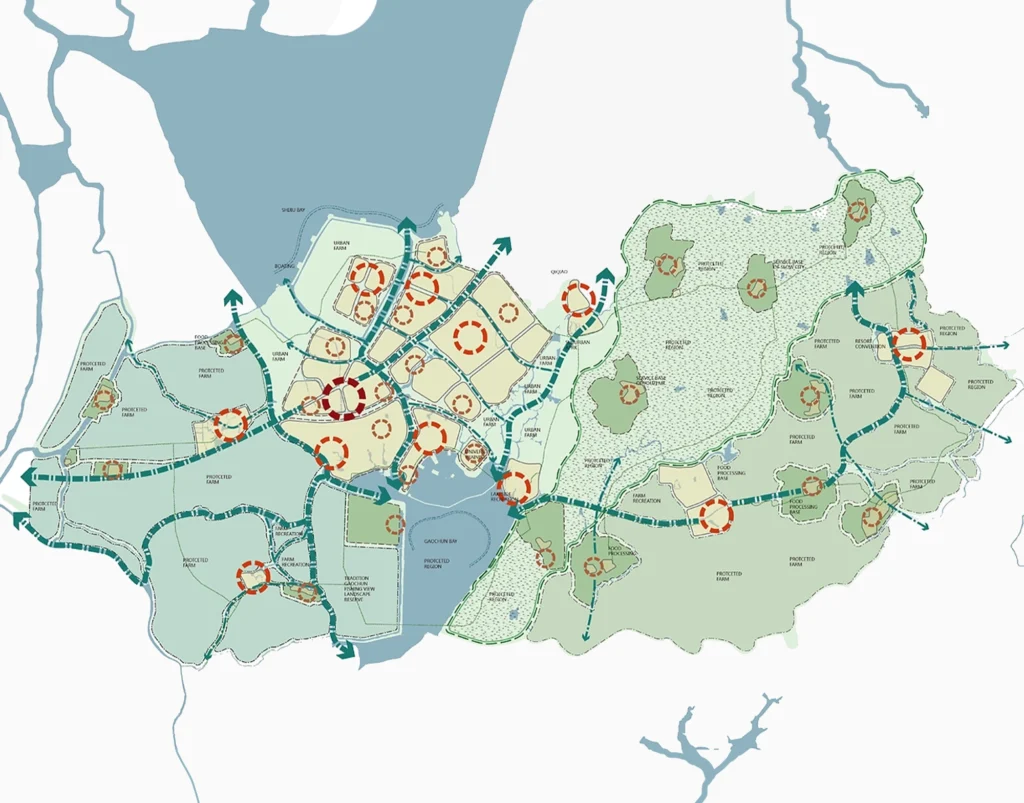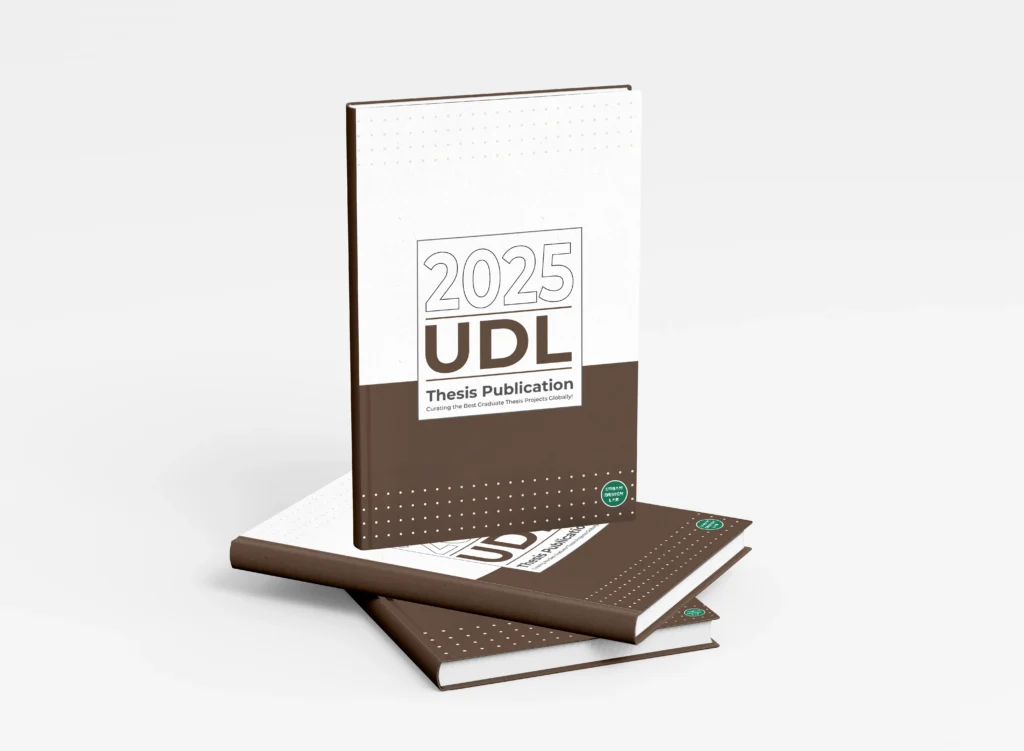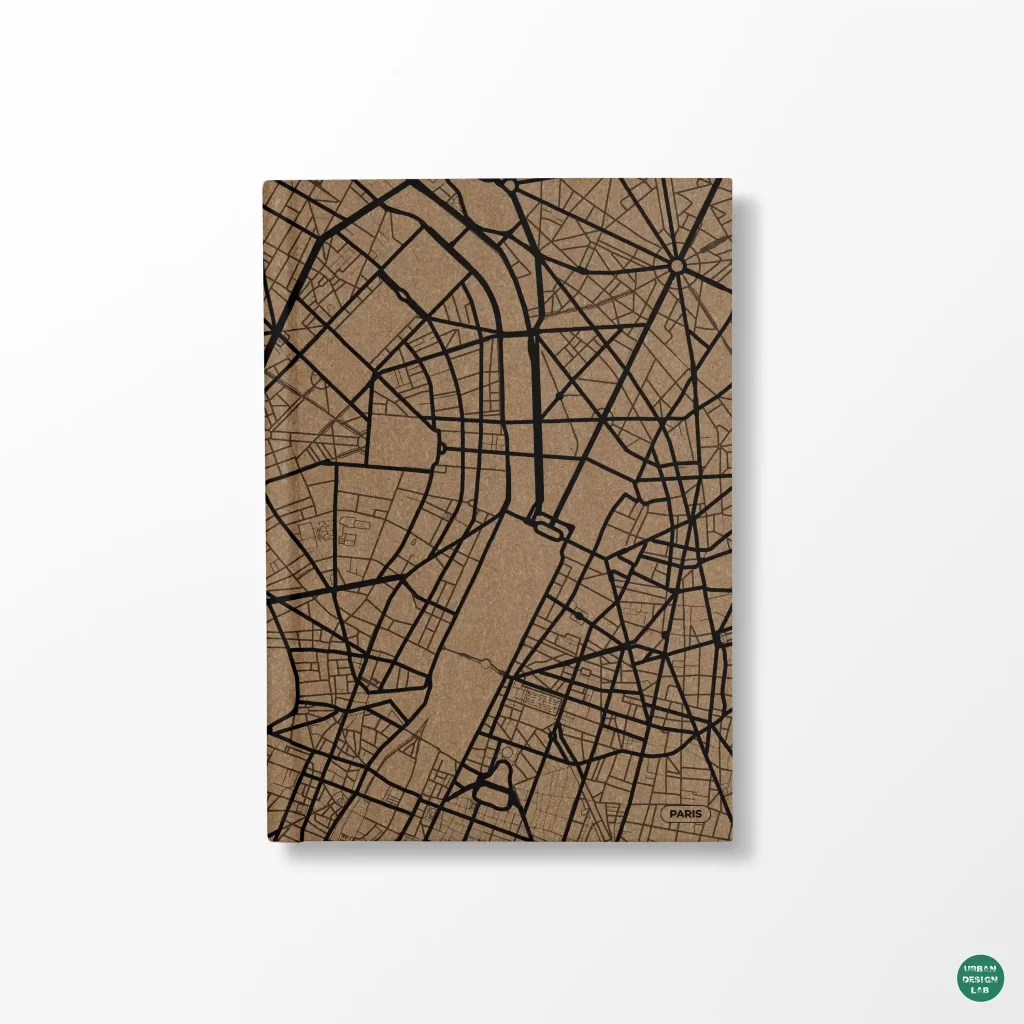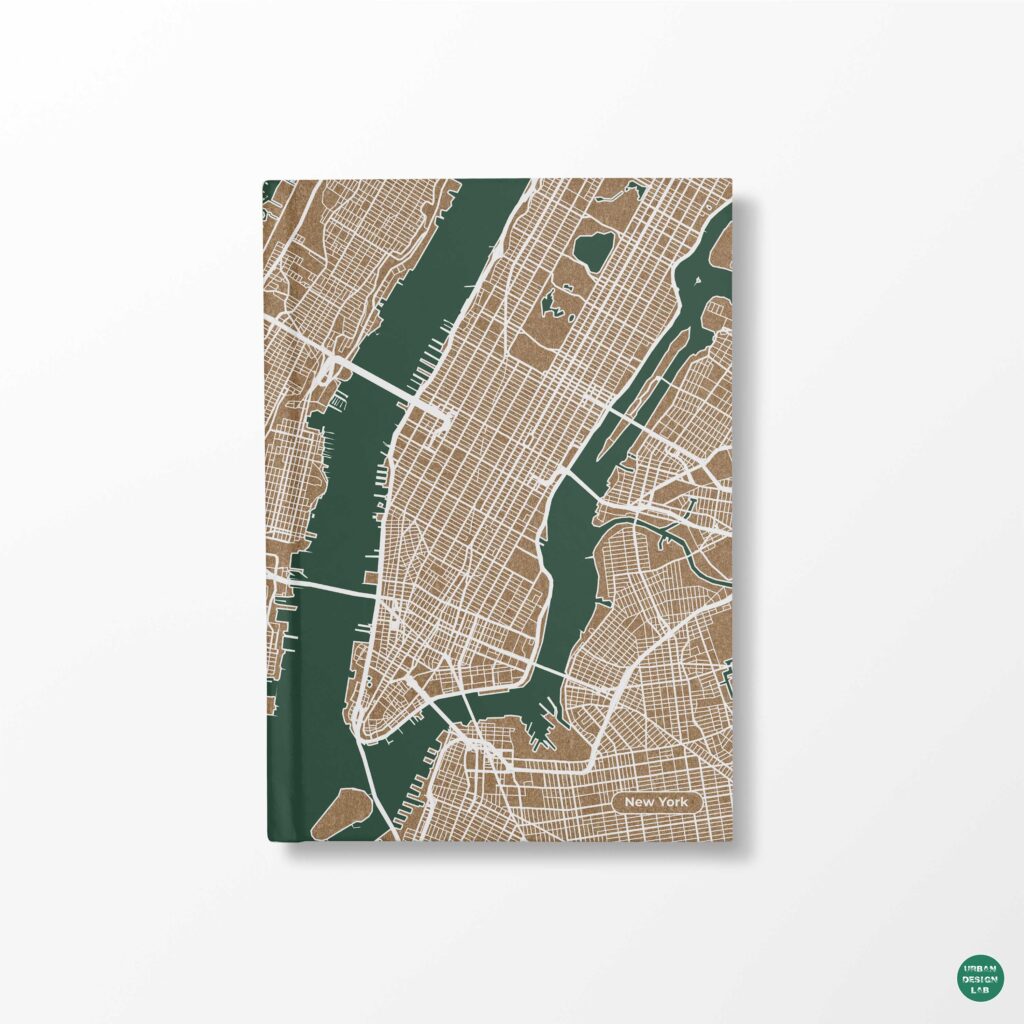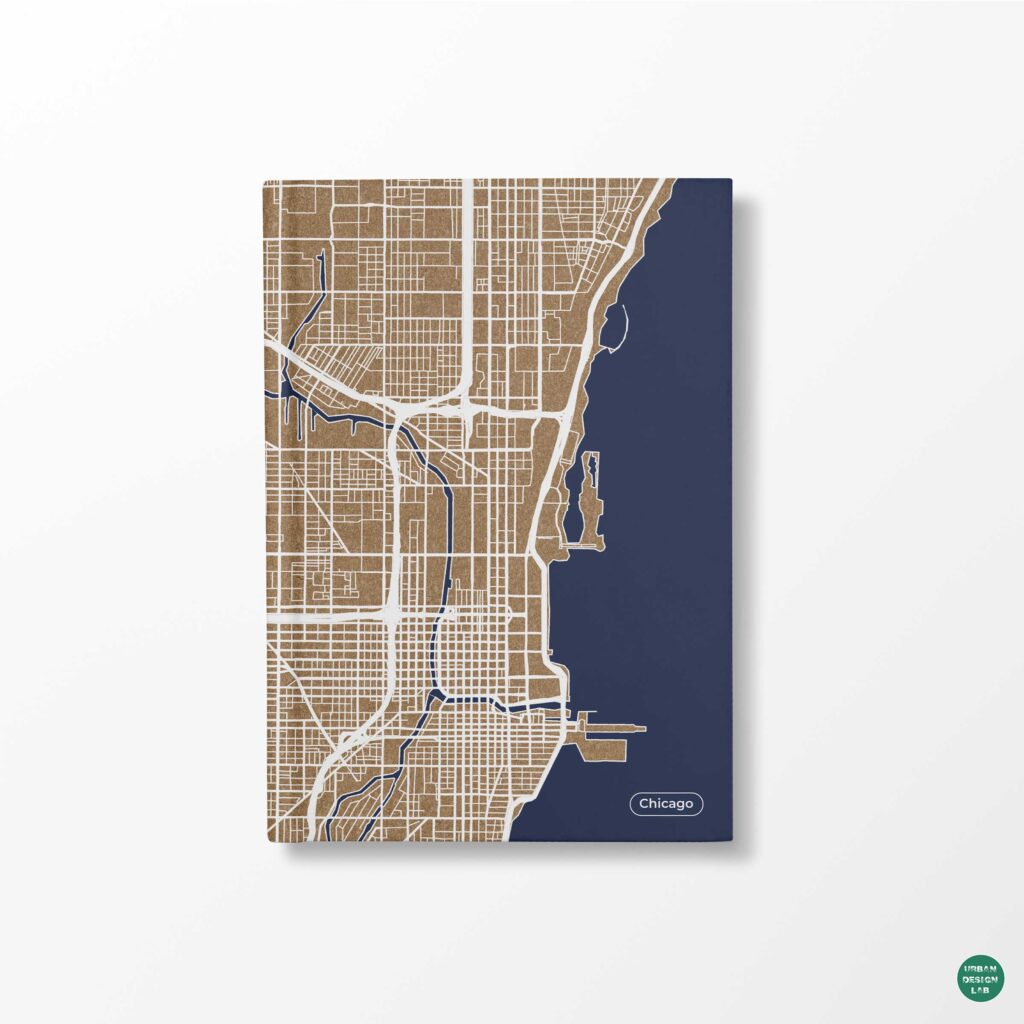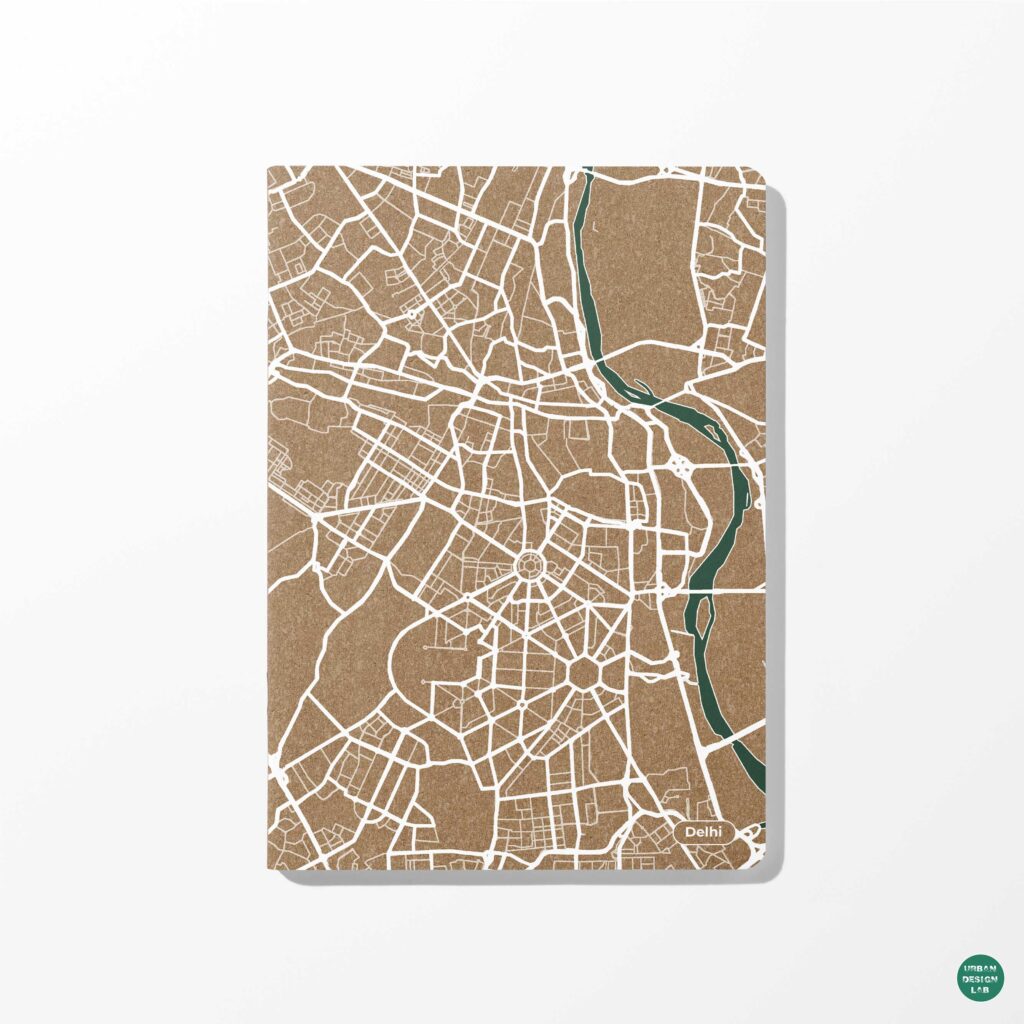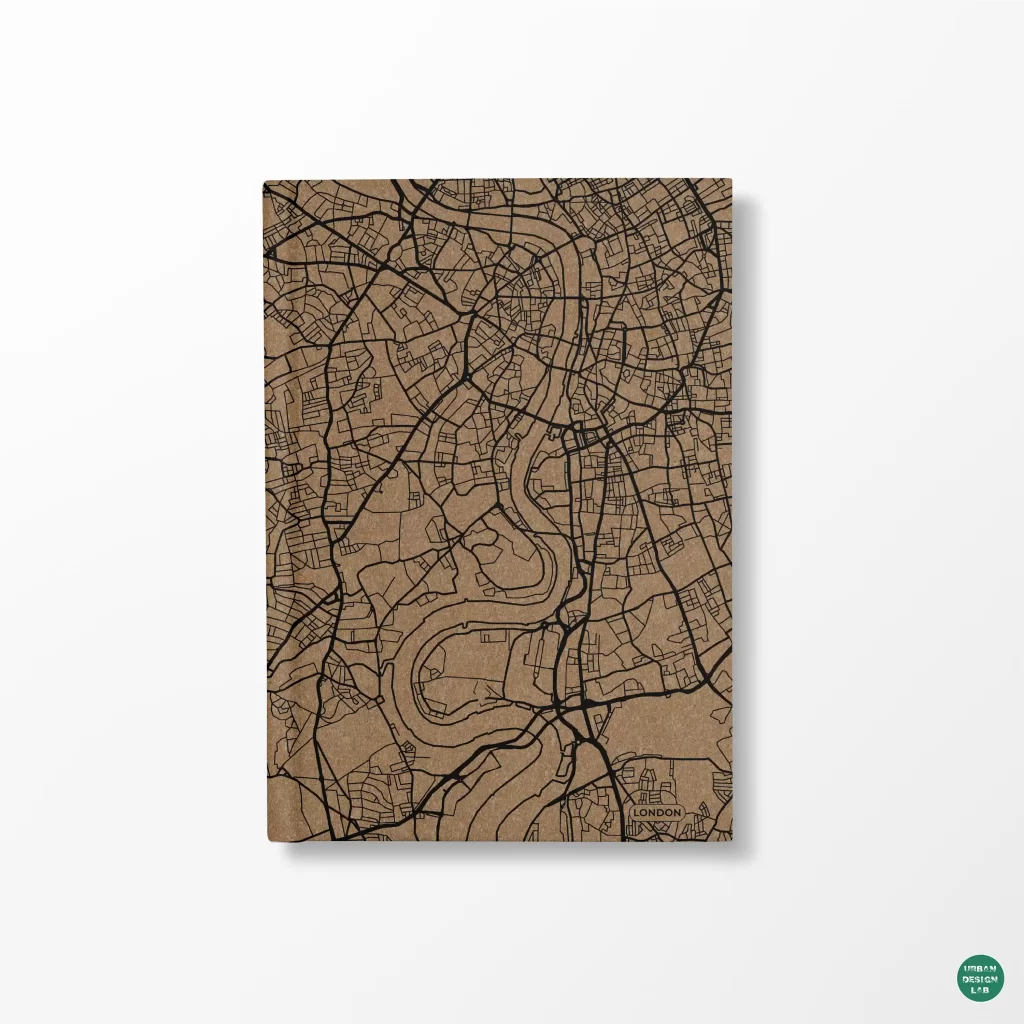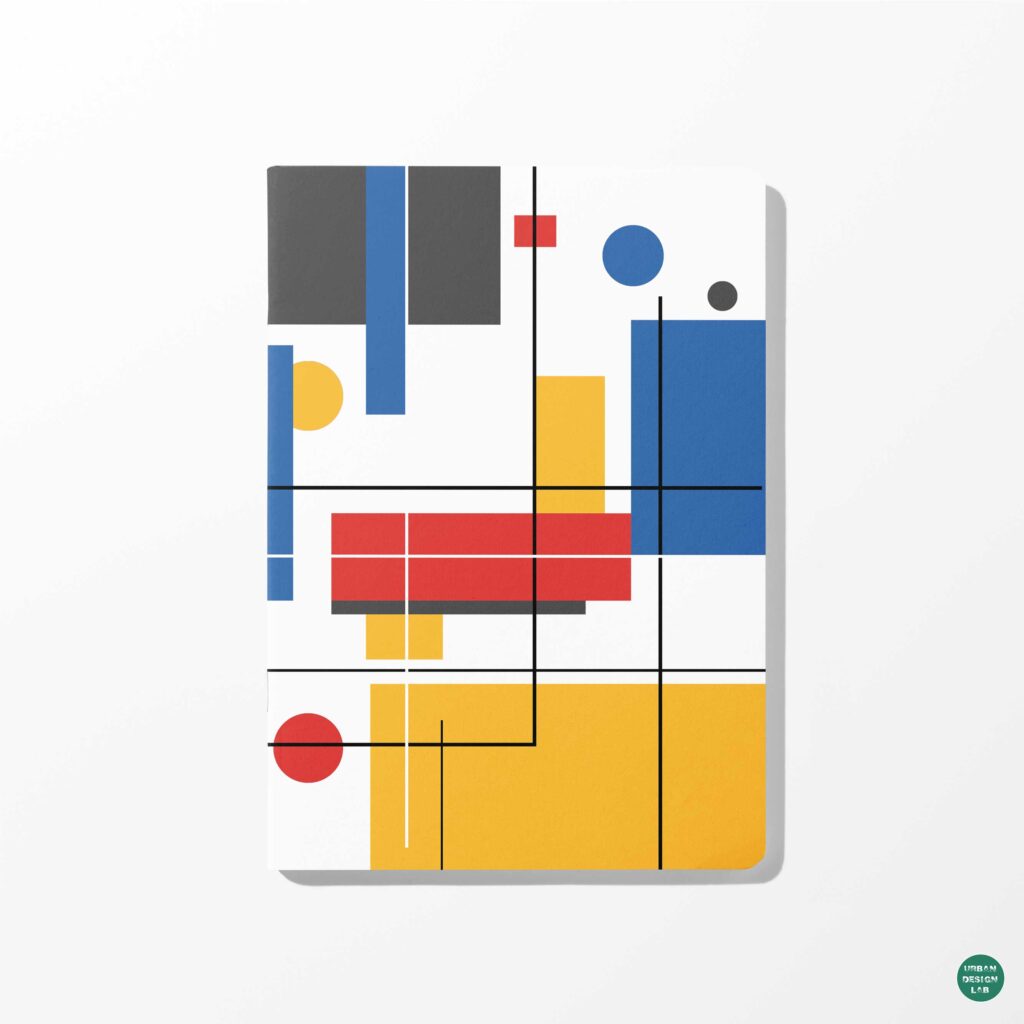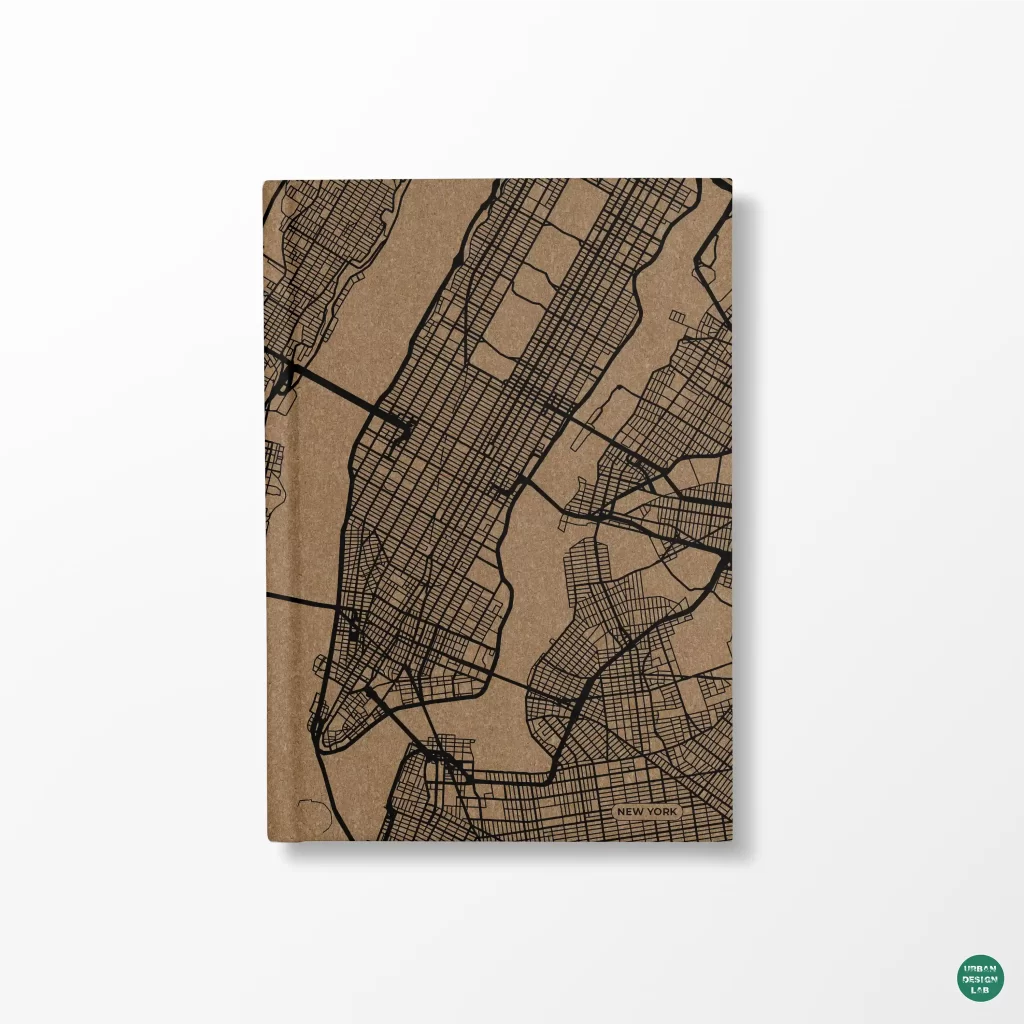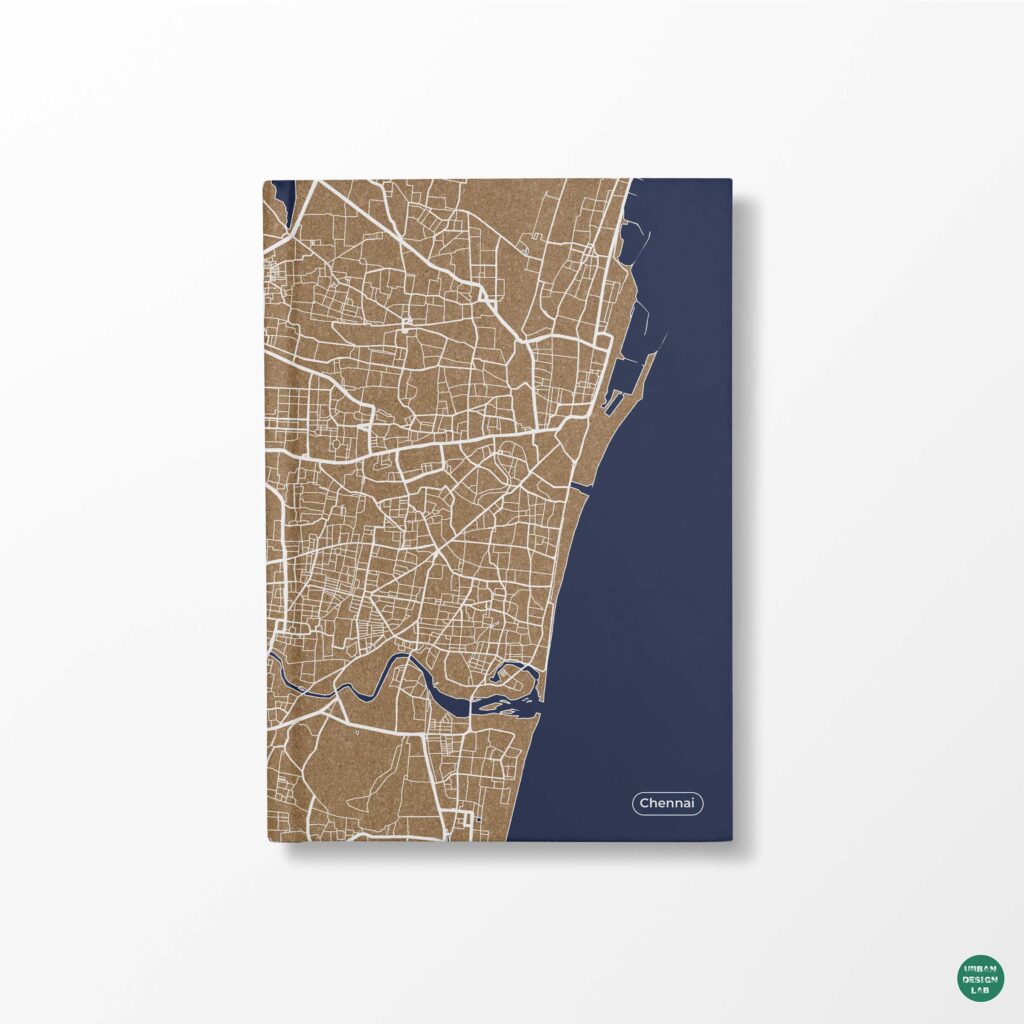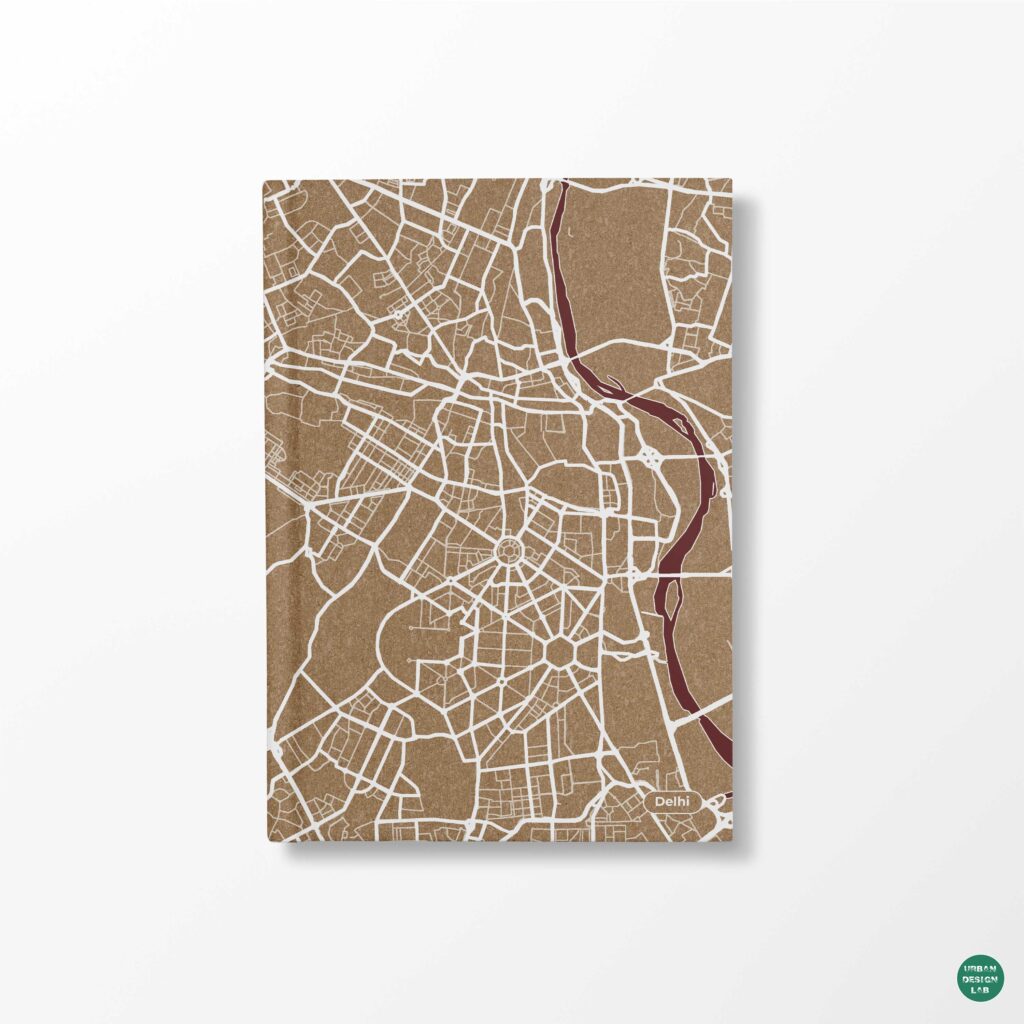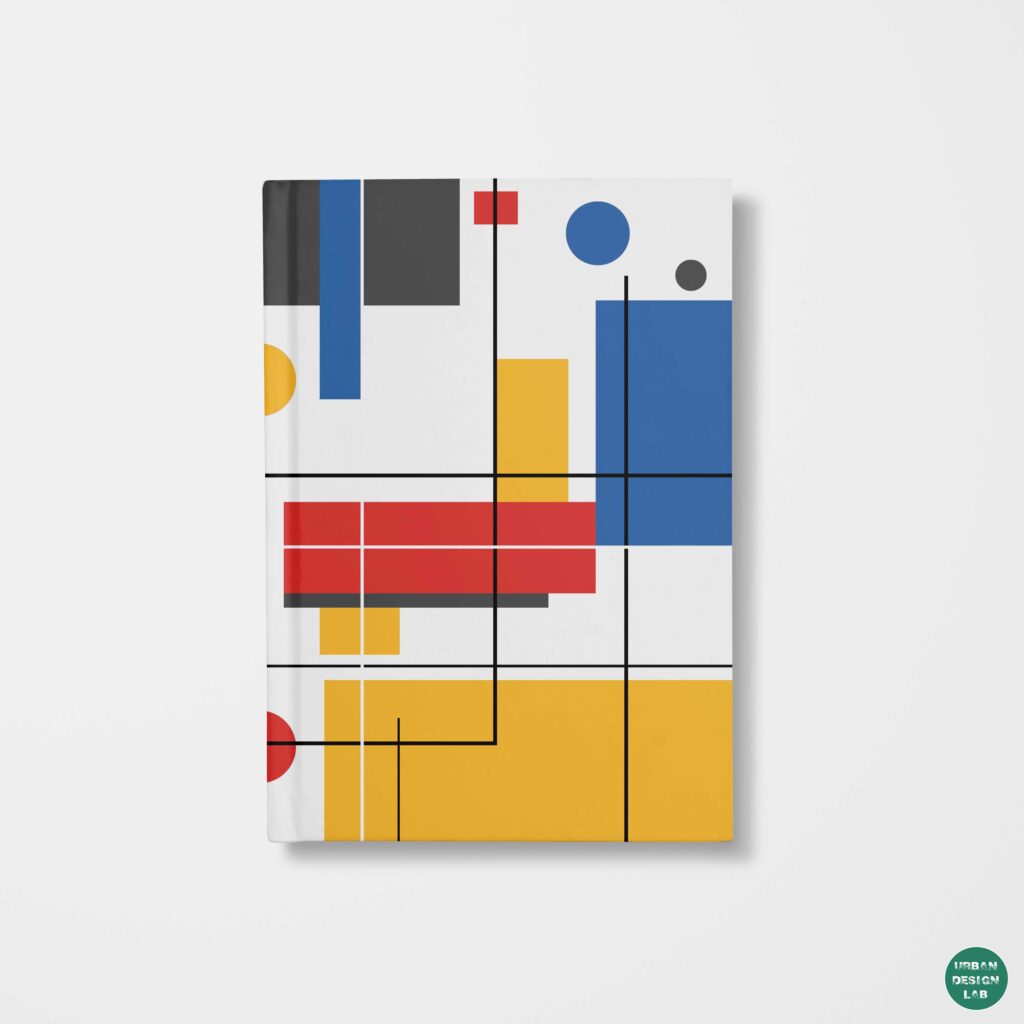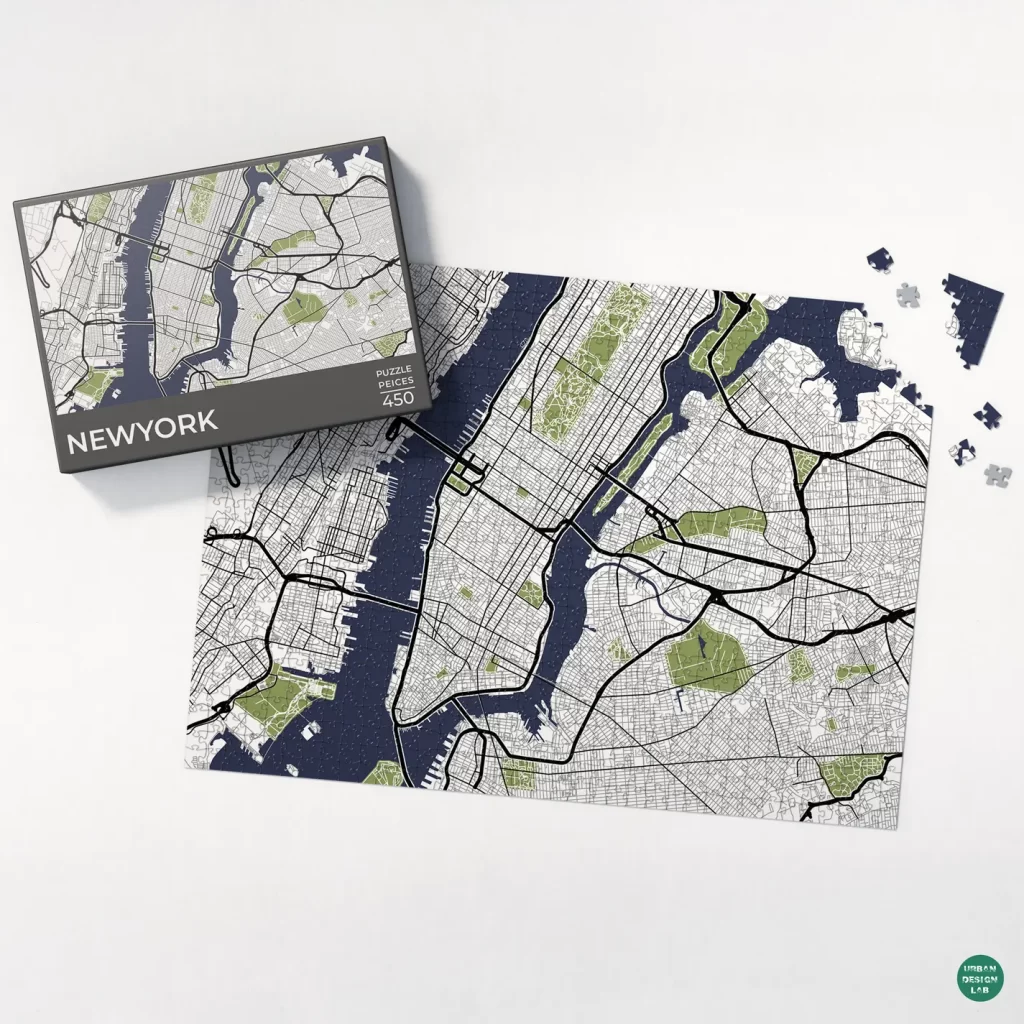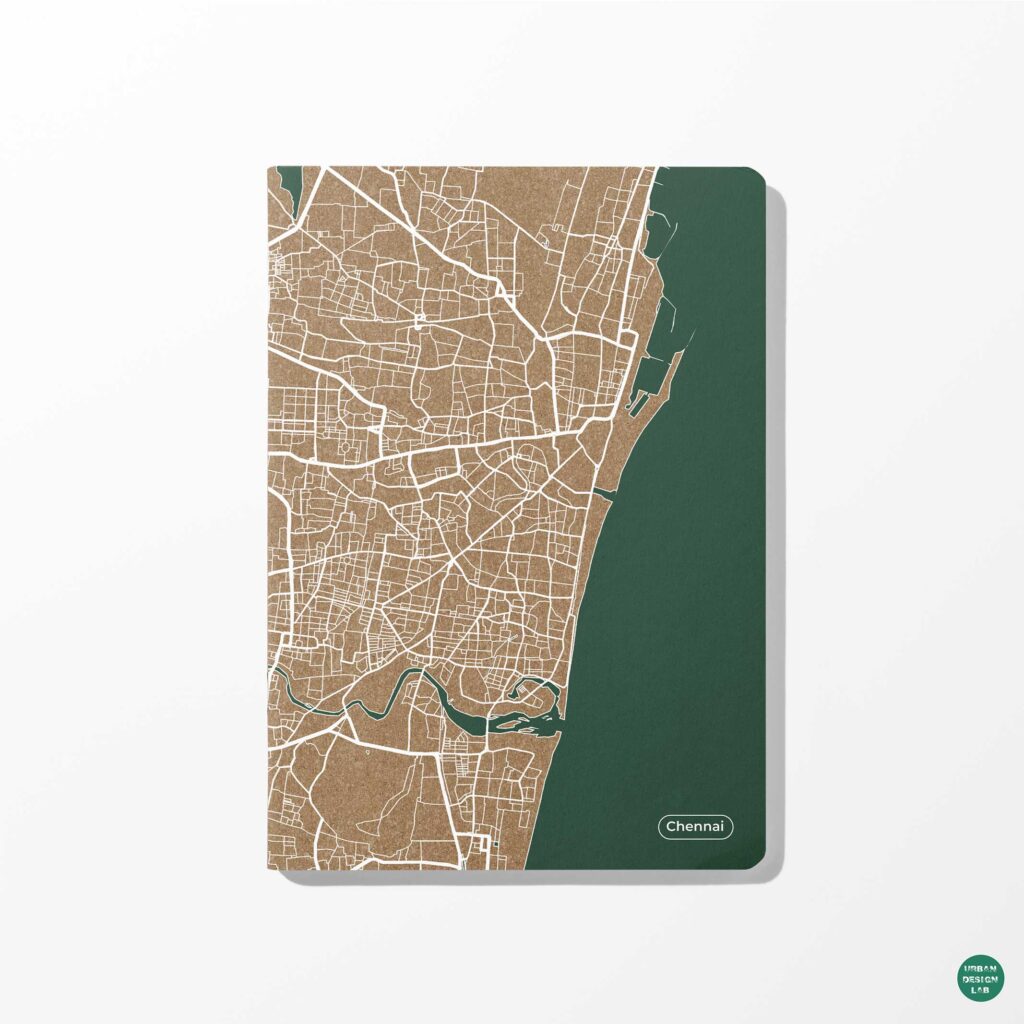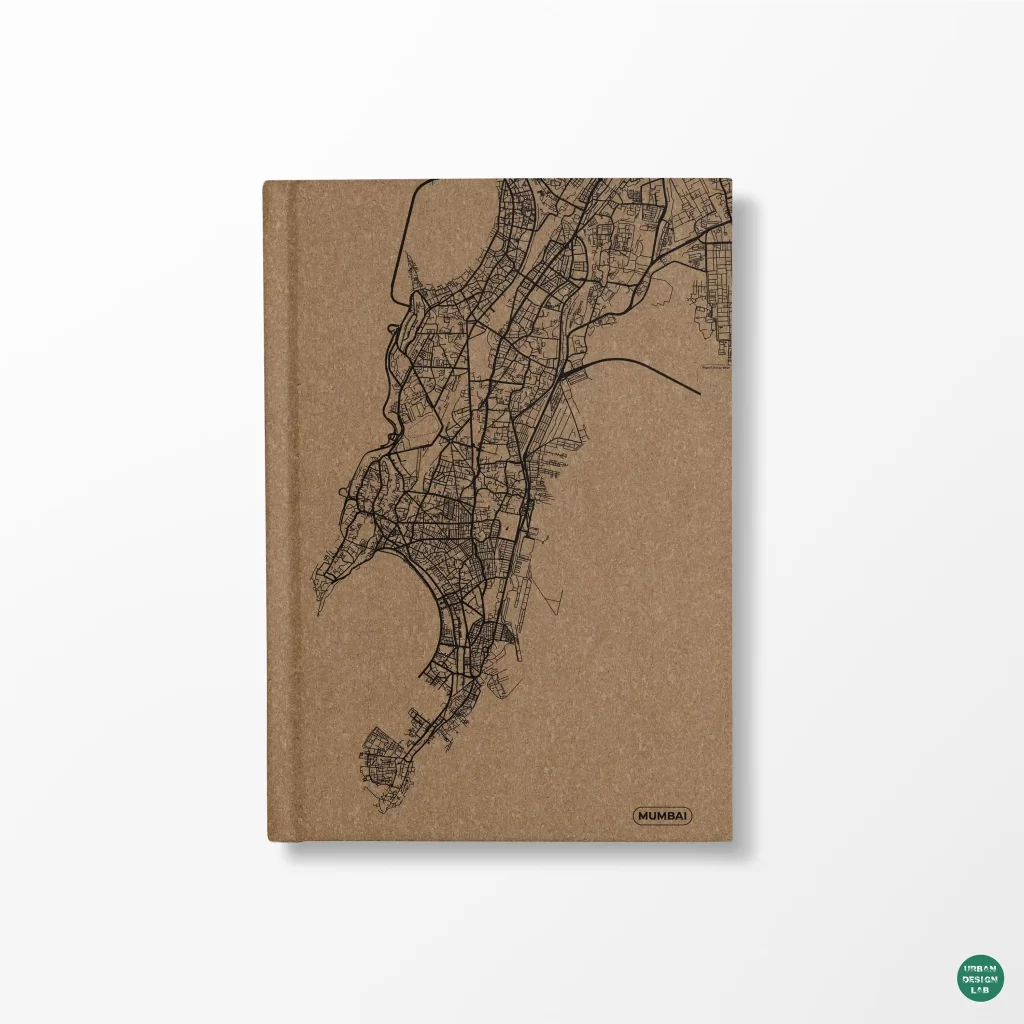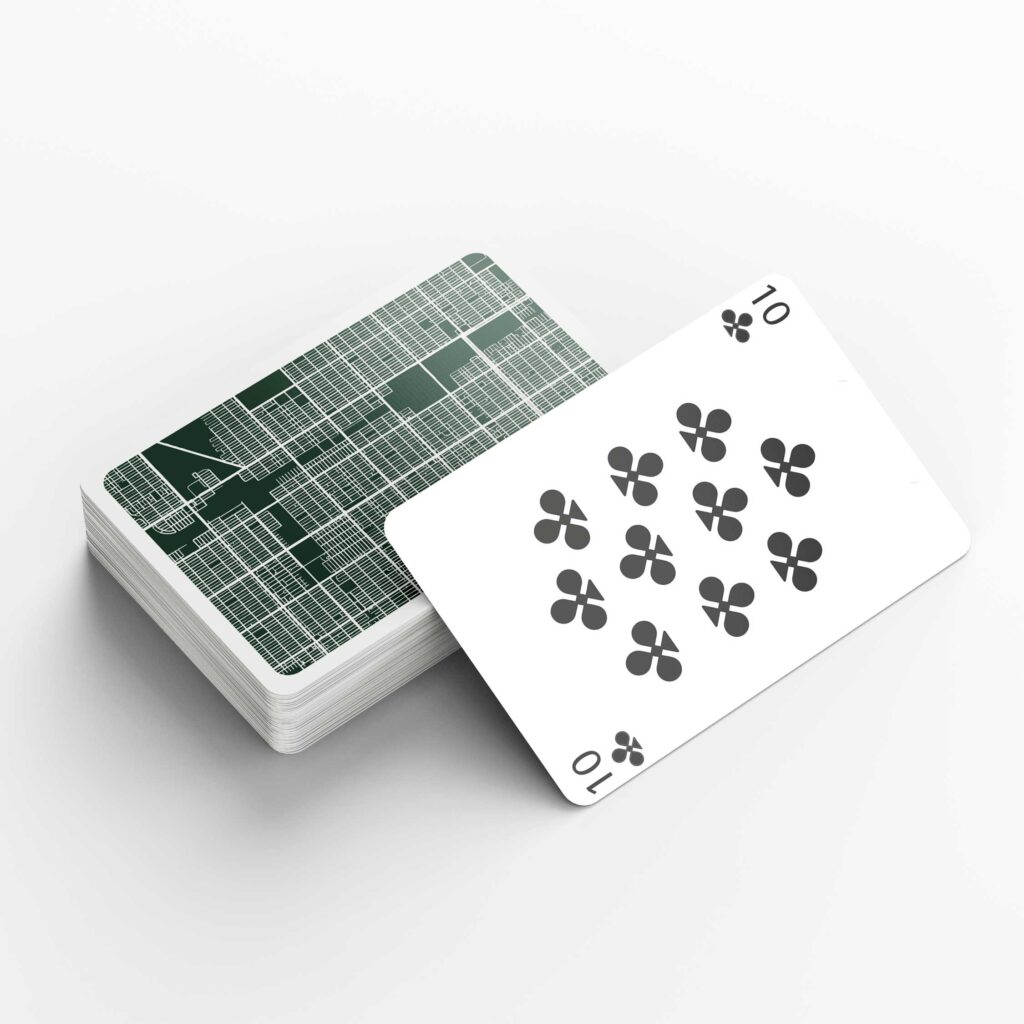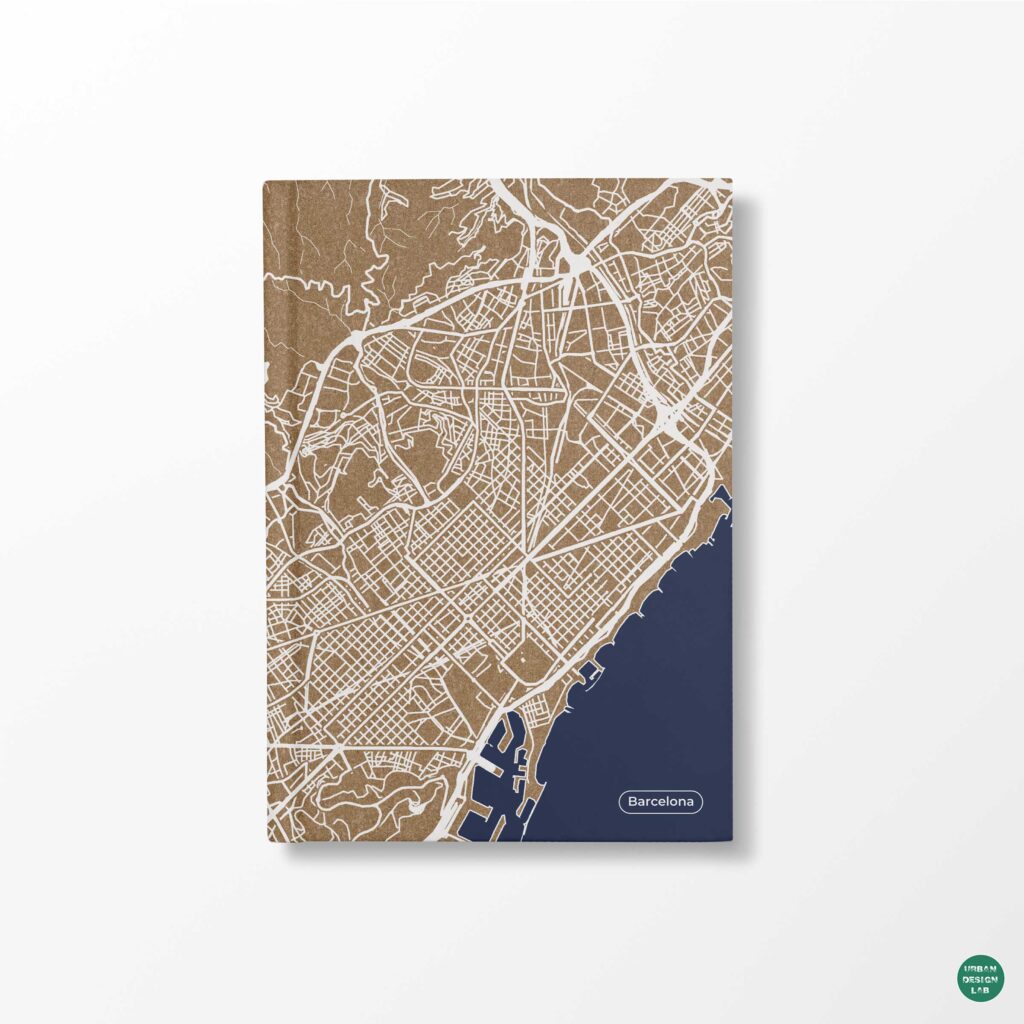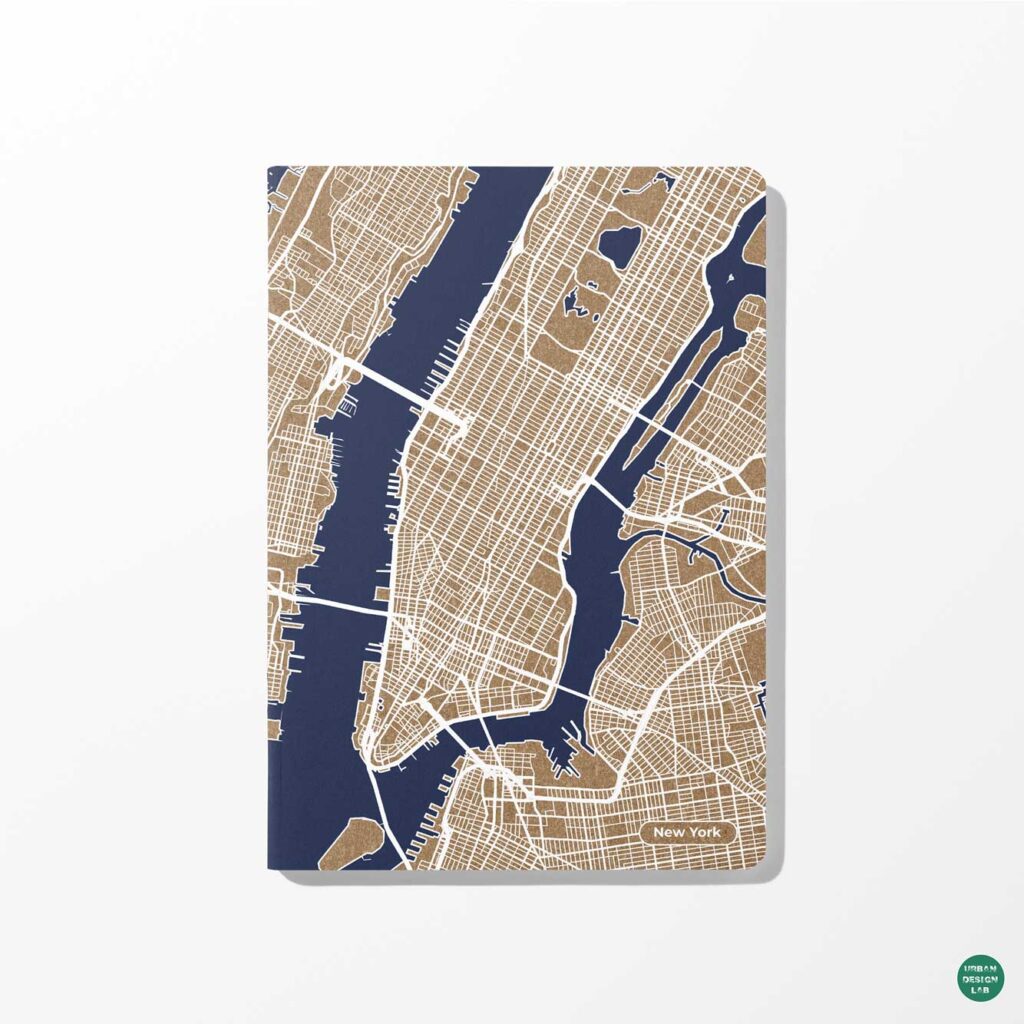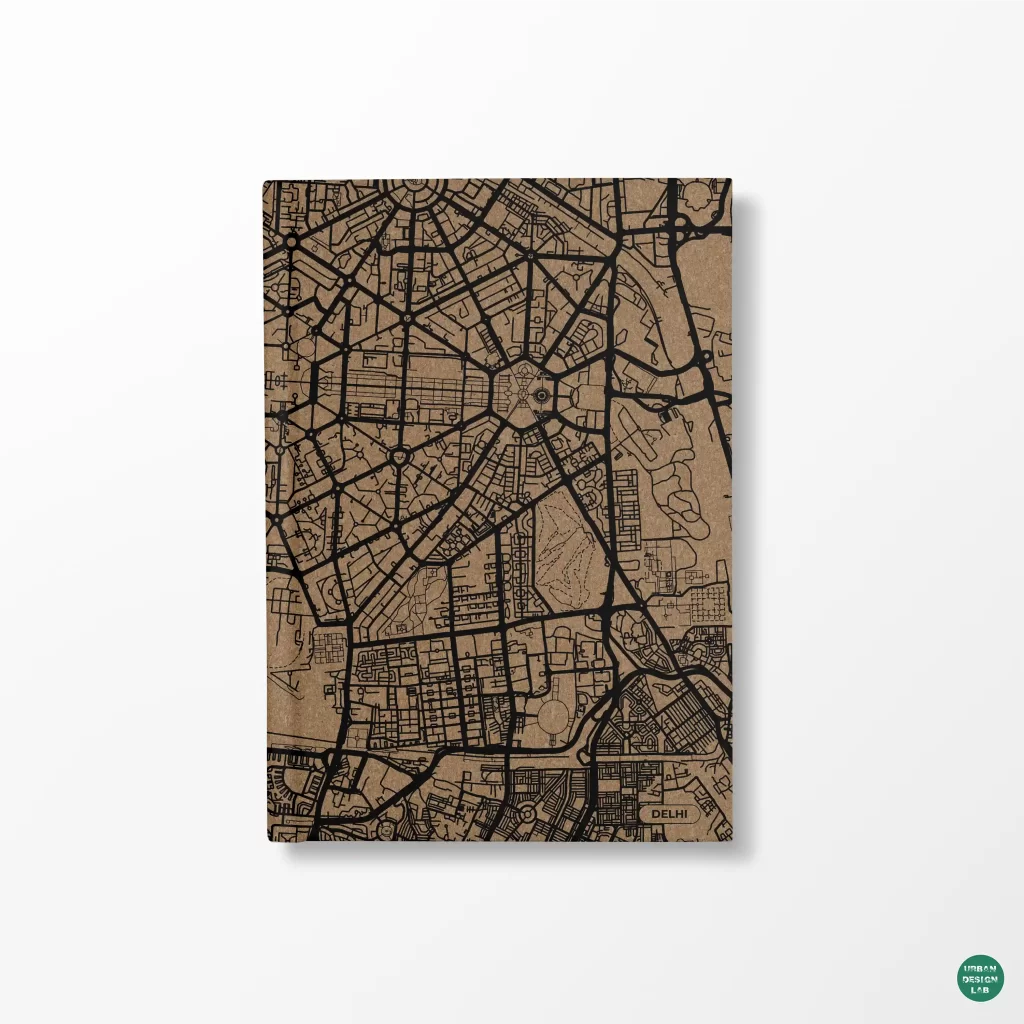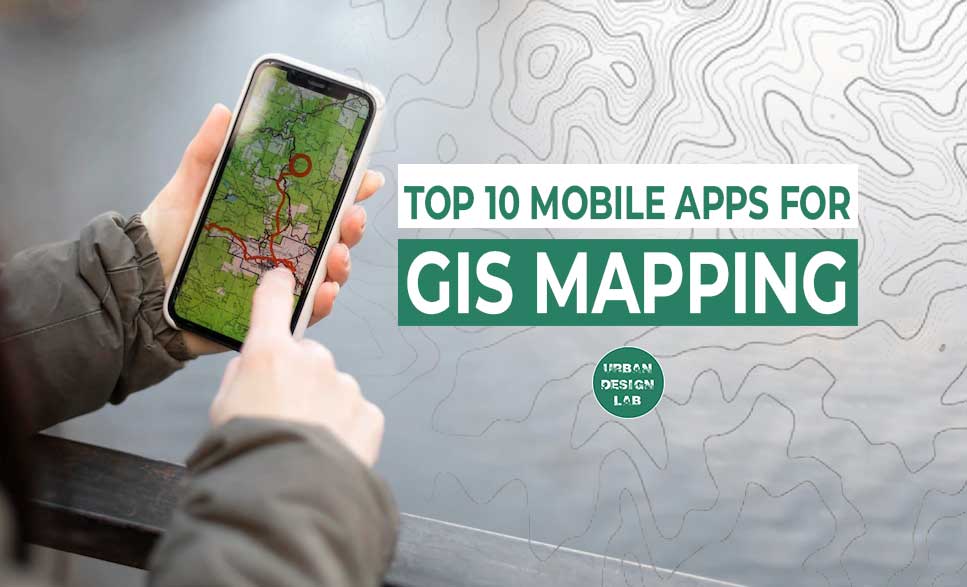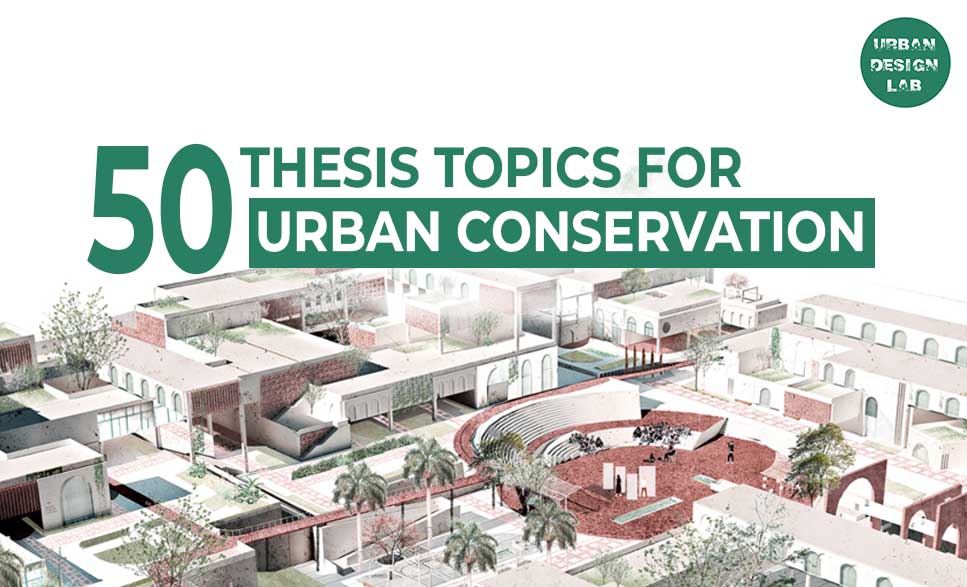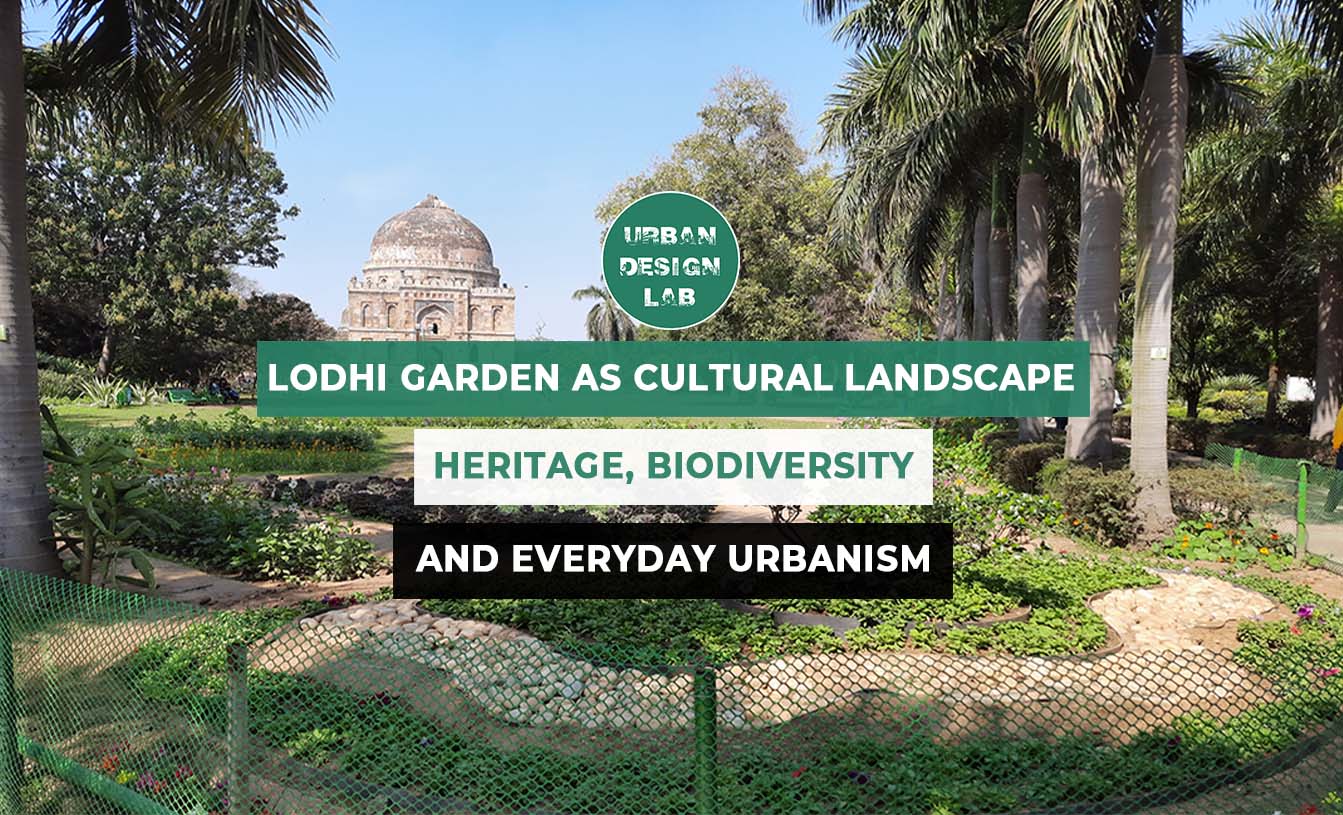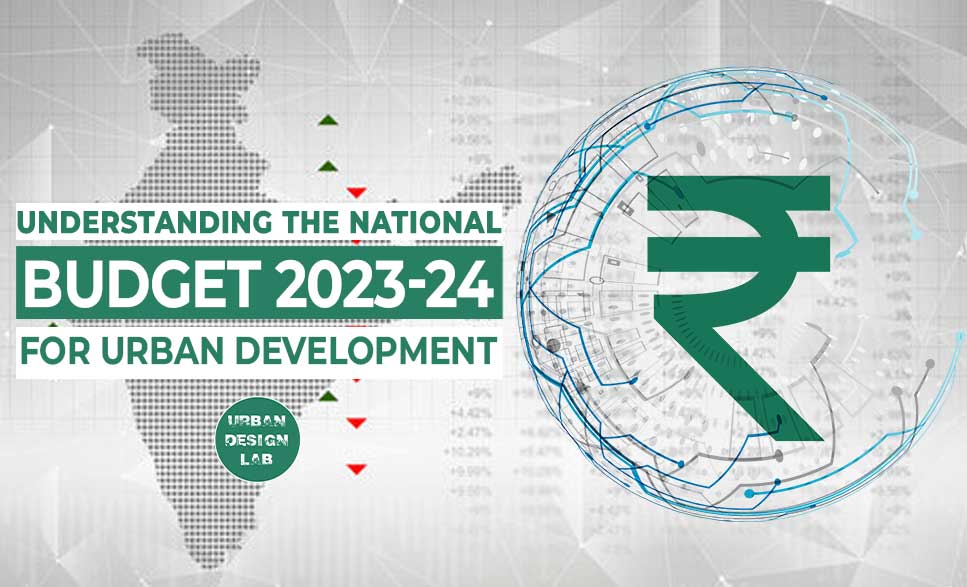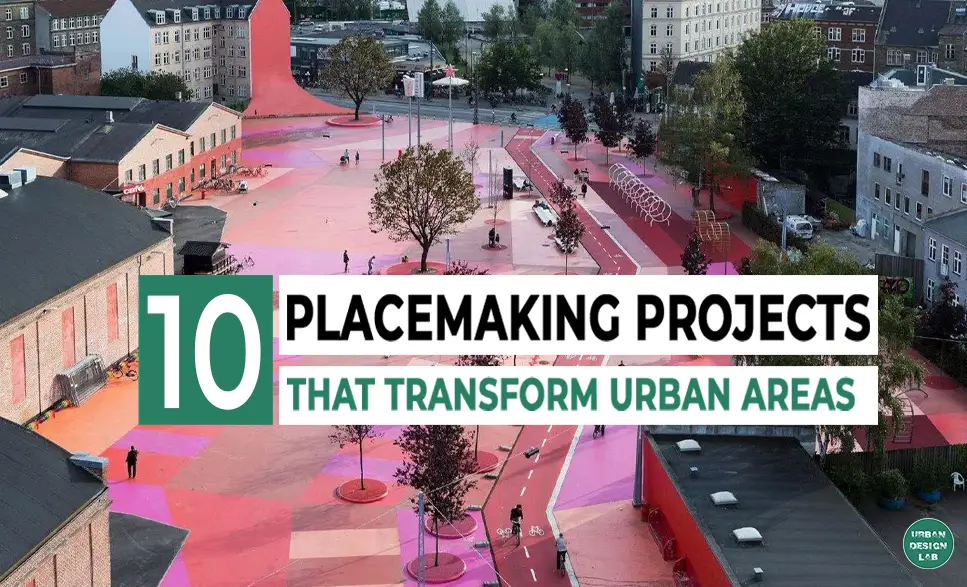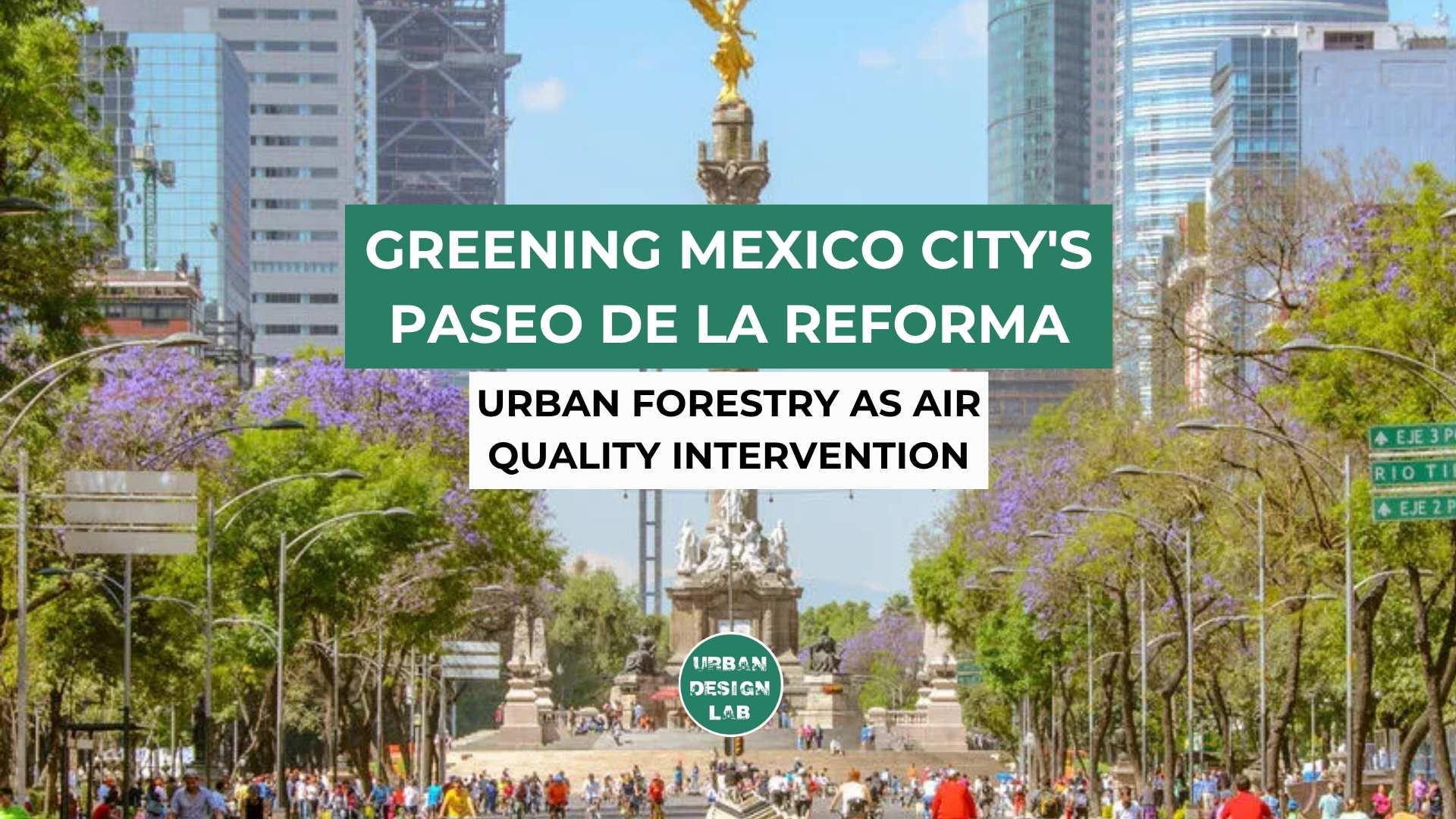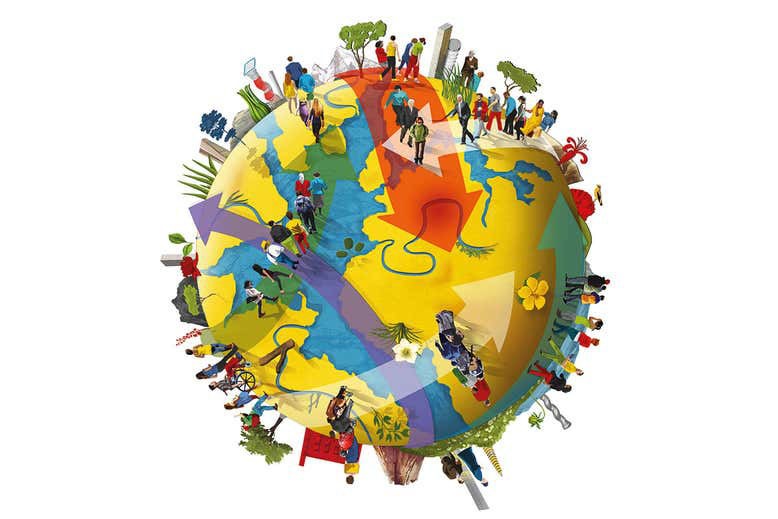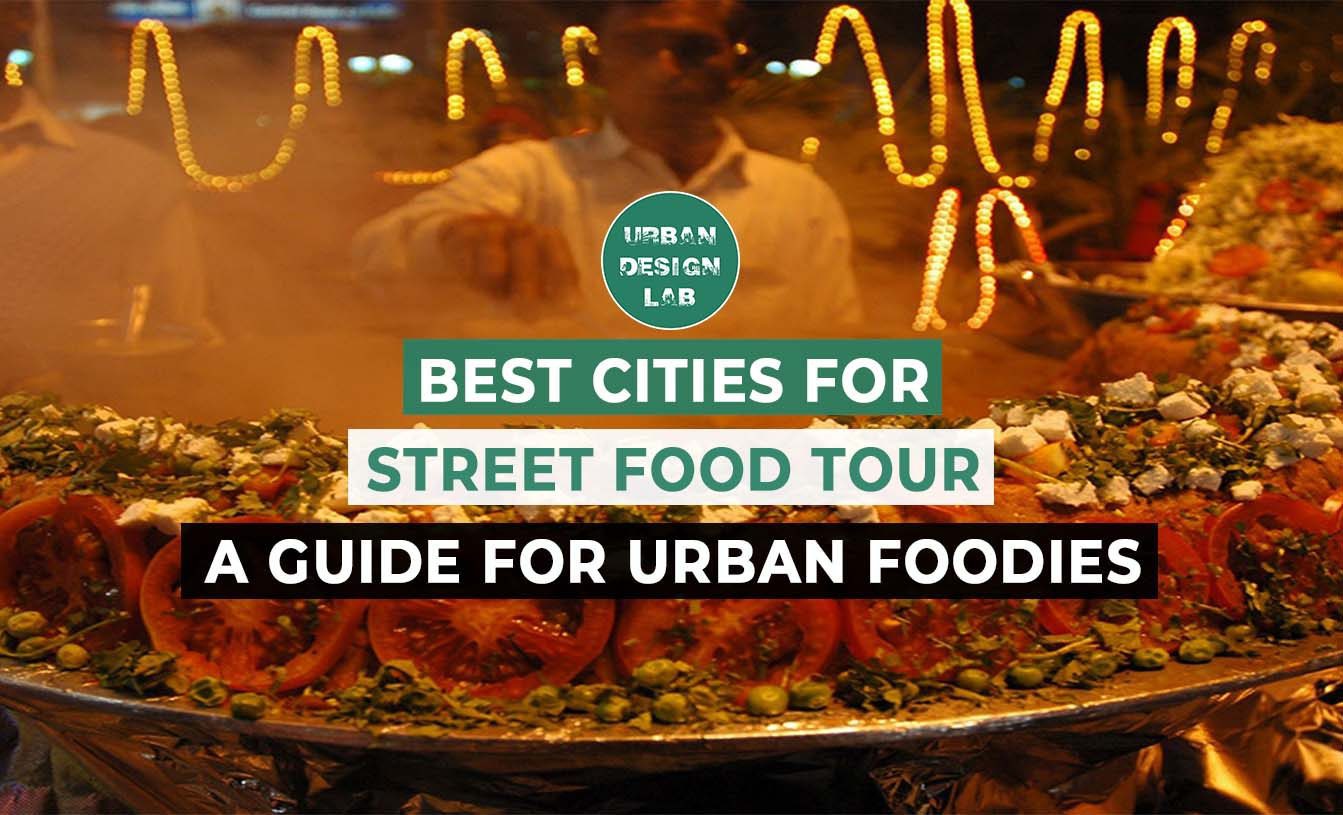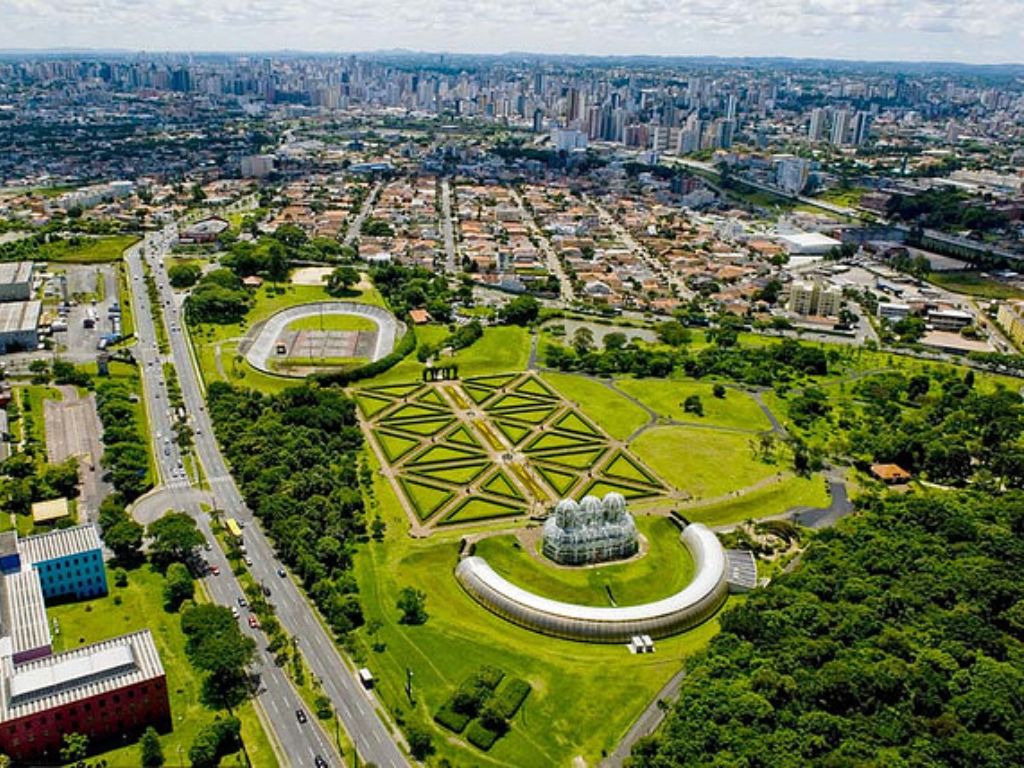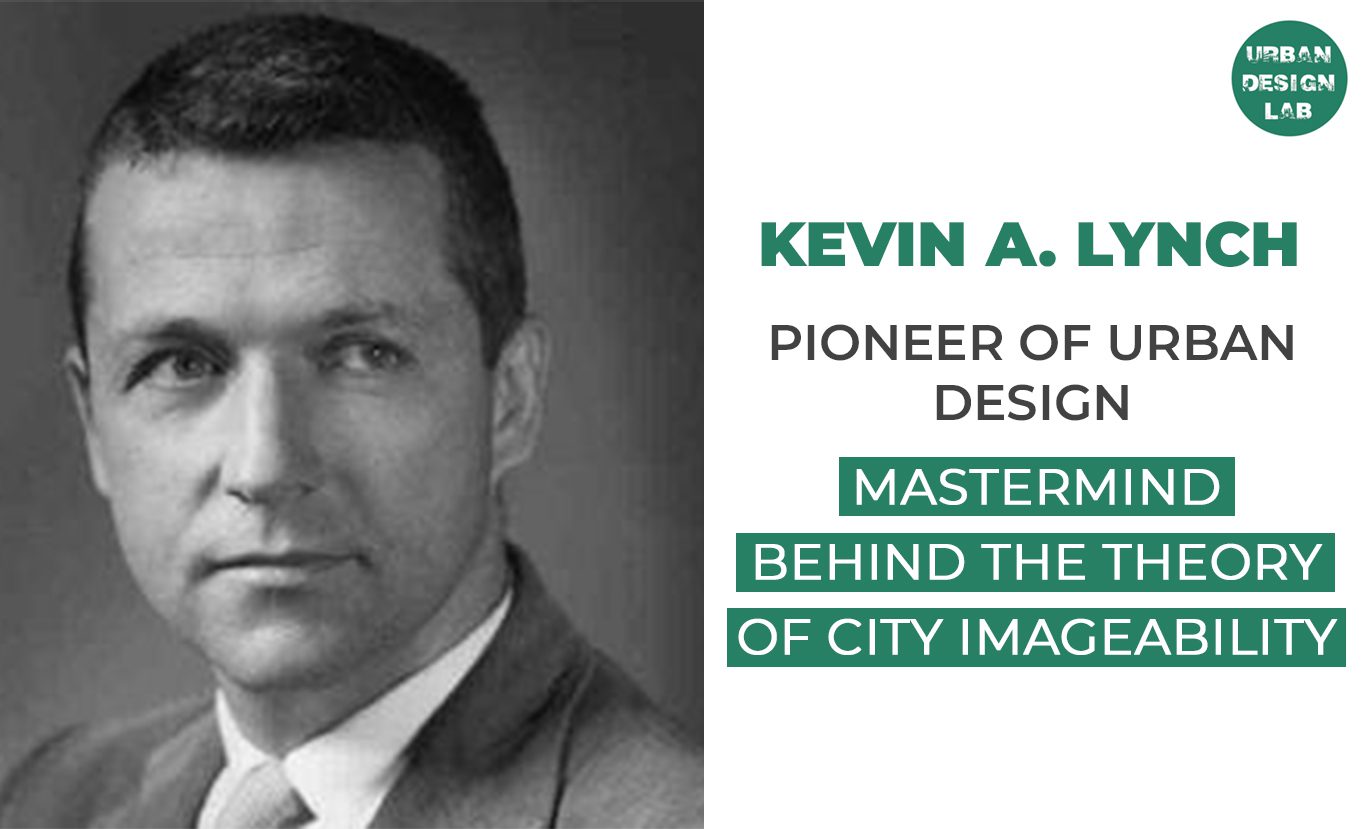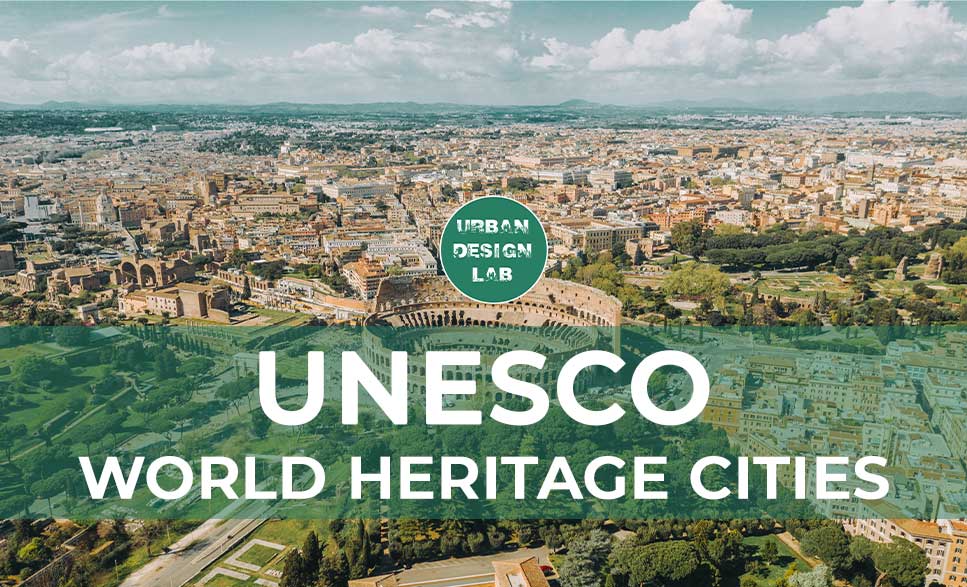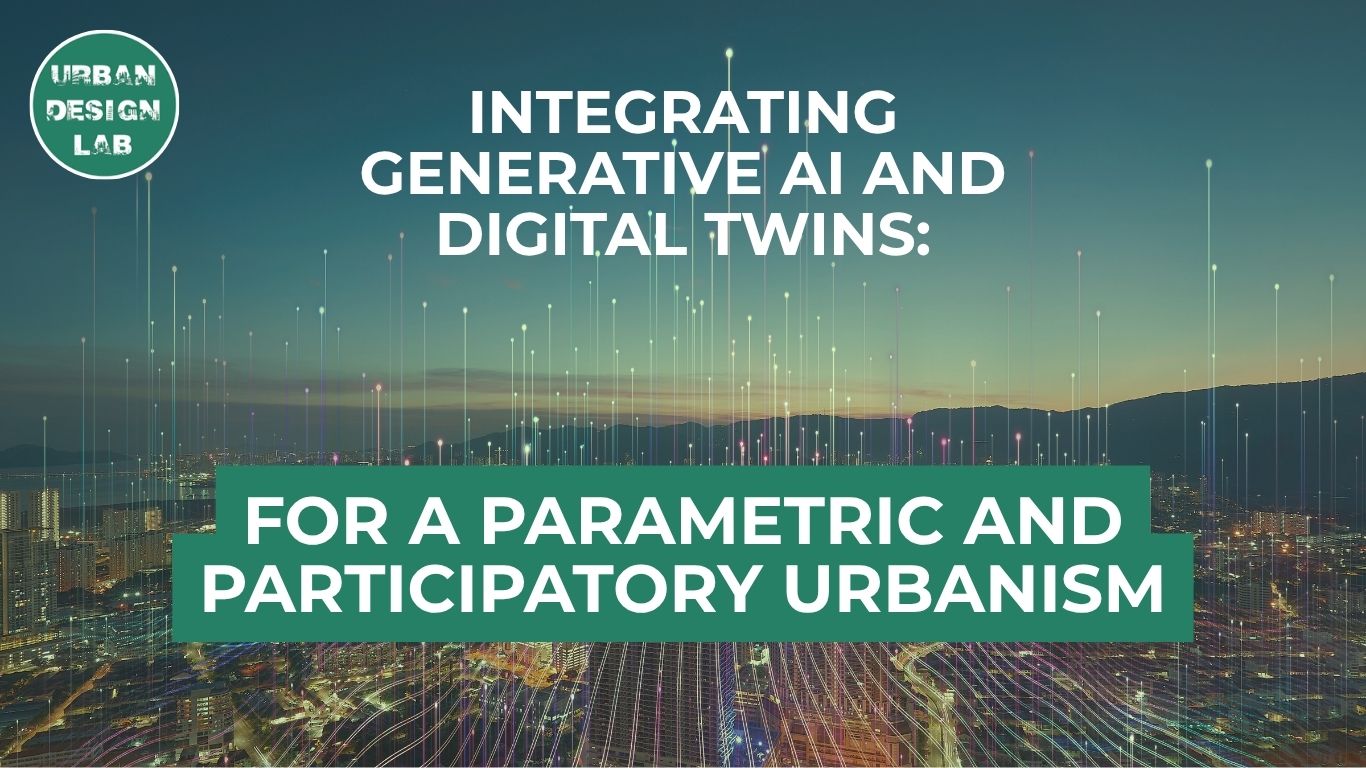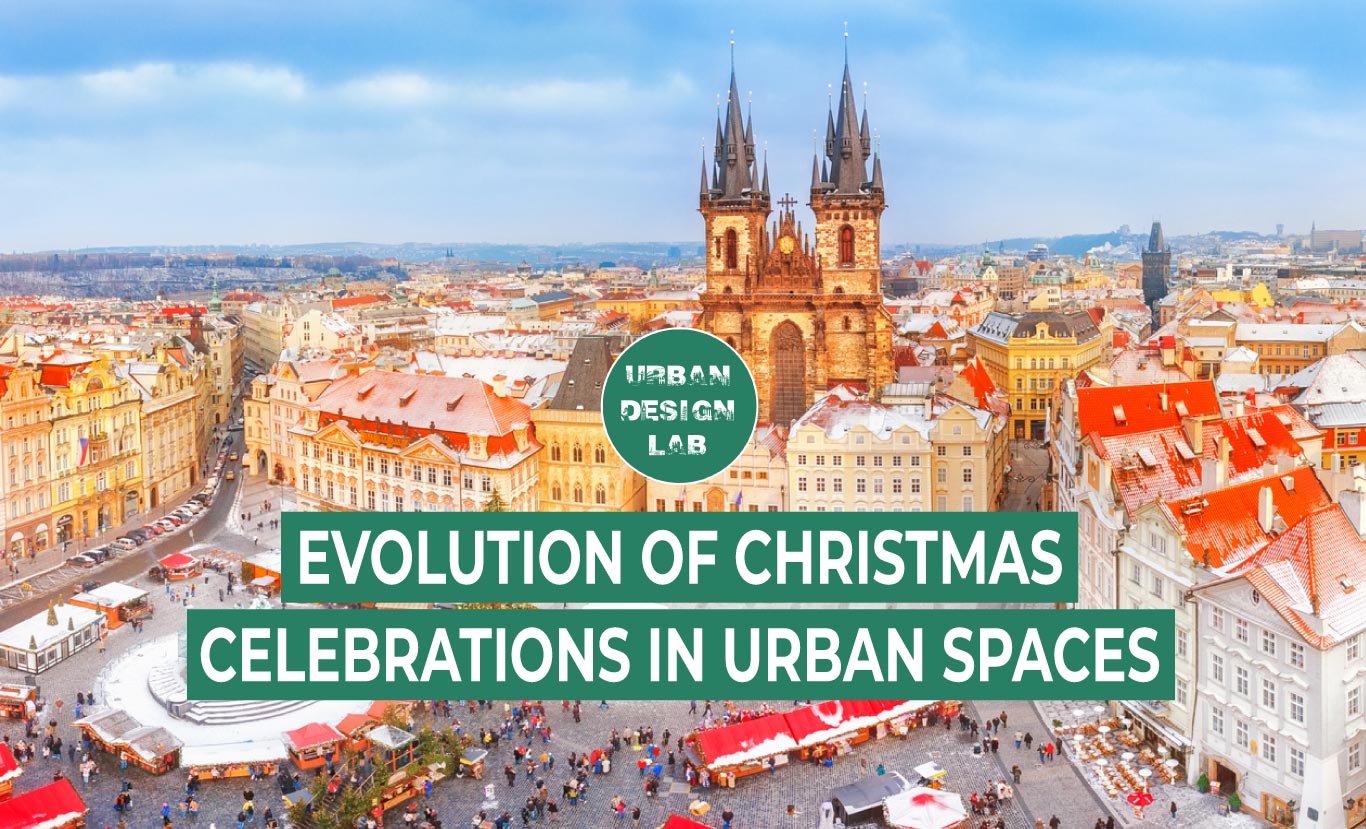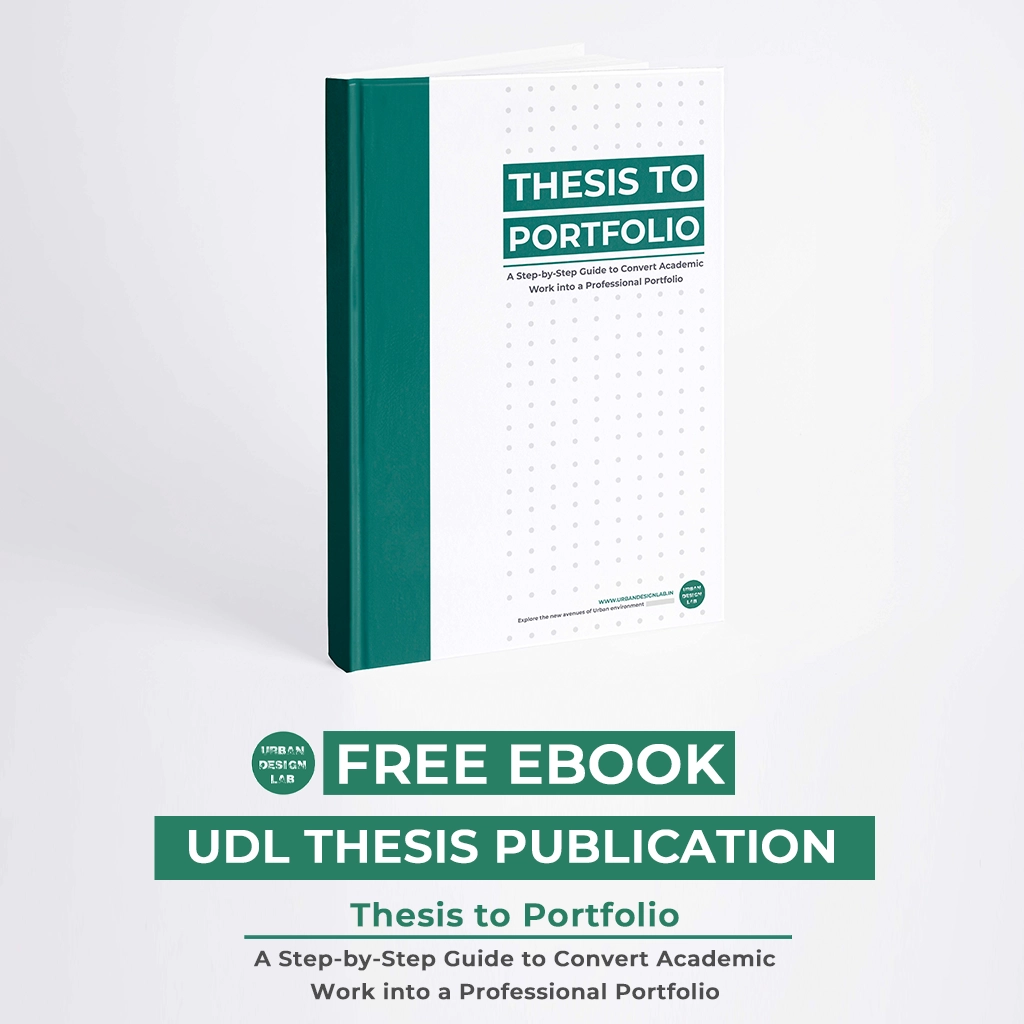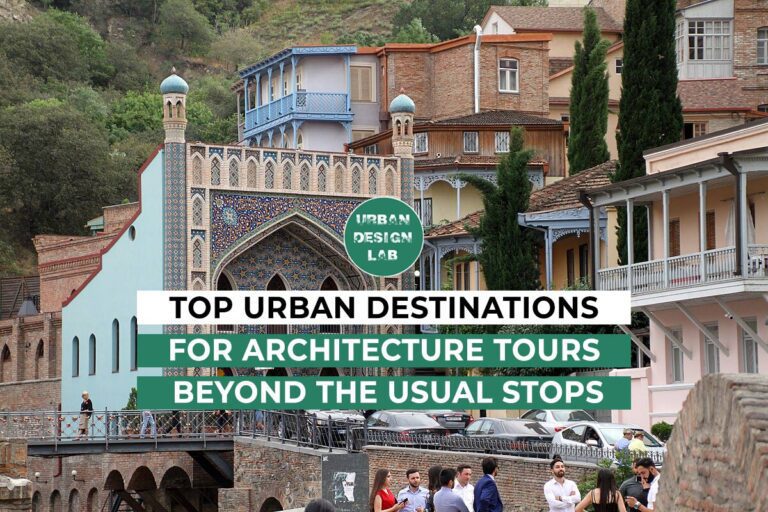
Tactical Urbanism and Urban Acupuncture for Localized Urban Transformation
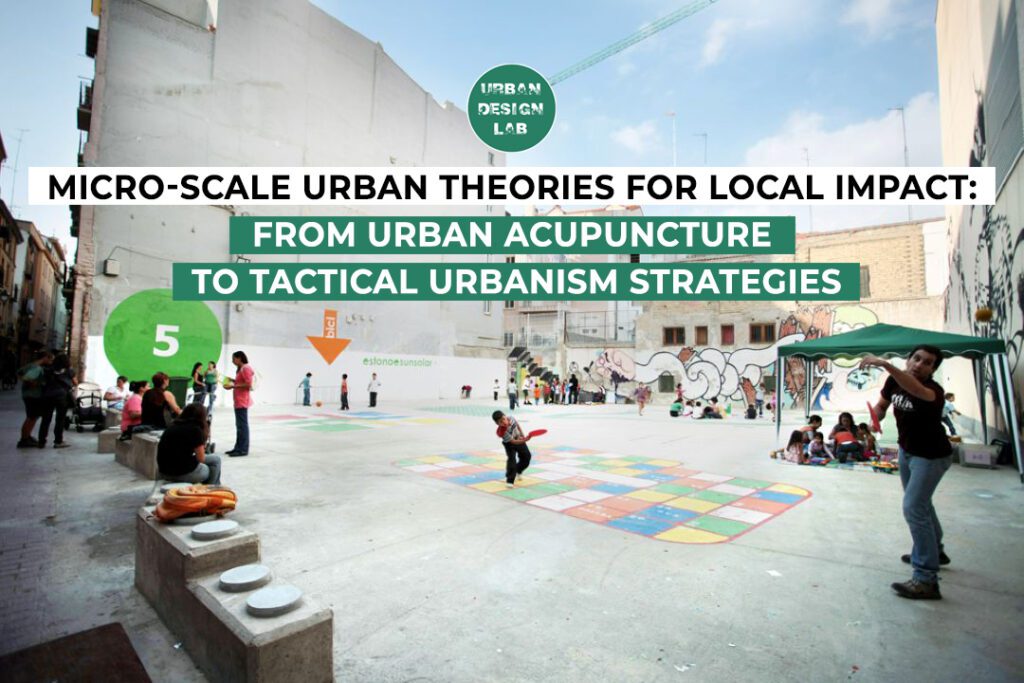
This article explores the potential of micro-scale urban strategies to catalyze change in contemporary city-making, focusing on two key approaches: urban acupuncture and tactical urbanism. As urban environments face mounting social, economic, and spatial challenges, large-scale planning initiatives often prove inadequate in addressing the distinct needs of local communities. Conversely, small, adaptable, participatory interventions are gaining prominence for their capacity to deliver immediate, locally responsive outcomes.
Urban acupuncture is presented as a theory-based method that identifies and activates strategic “pressure points” within the urban landscape to generate systemic improvements. Concurrently, tactical urbanism is defined by grassroots, temporary, cost-effective initiatives, including pedestrian plazas and pop-up bike lanes, which encourage public engagement and facilitate rapid experimentation in urban environments. Despite disparities in intent and execution—urban acupuncture being more strategic and top-down, while tactical urbanism is more experimental and bottom-up—the post asserts that these models are not exclusive. Instead, their integration can cultivate a hybrid approach that merges long-term vision with short-term action. Drawing on real-world examples, including Times Square in New York and Largo da Batata in São Paulo, the post concludes that this blended strategy offers a practical, inclusive, citizen-driven framework for micro-scale urban transformation.
Rethinking Scale: The Significance of Modest Interventions in the Context of Urbanism
In recent years, the growing complexity of urban challenges—ranging from environmental degradation to social inequality—has prompted urbanists to reconsider the scale at which effective change occurs. Rather than relying exclusively on large-scale master planning, urban designers and communities are increasingly turning to micro-scale strategies that offer flexibility, speed, and local responsiveness. These approaches prioritize human-centered design and incremental improvements, aligning with the lived experiences of urban residents. It has been demonstrated that modest interventions, including sidewalk parklets, painted crosswalks, and temporary public plazas, have the capacity to function as catalysts for enhanced civic engagement and urban regeneration. The relative affordability and adaptability of these systems also permit experimentation and iteration, thereby facilitating urban areas’ dynamic responses to changing conditions.
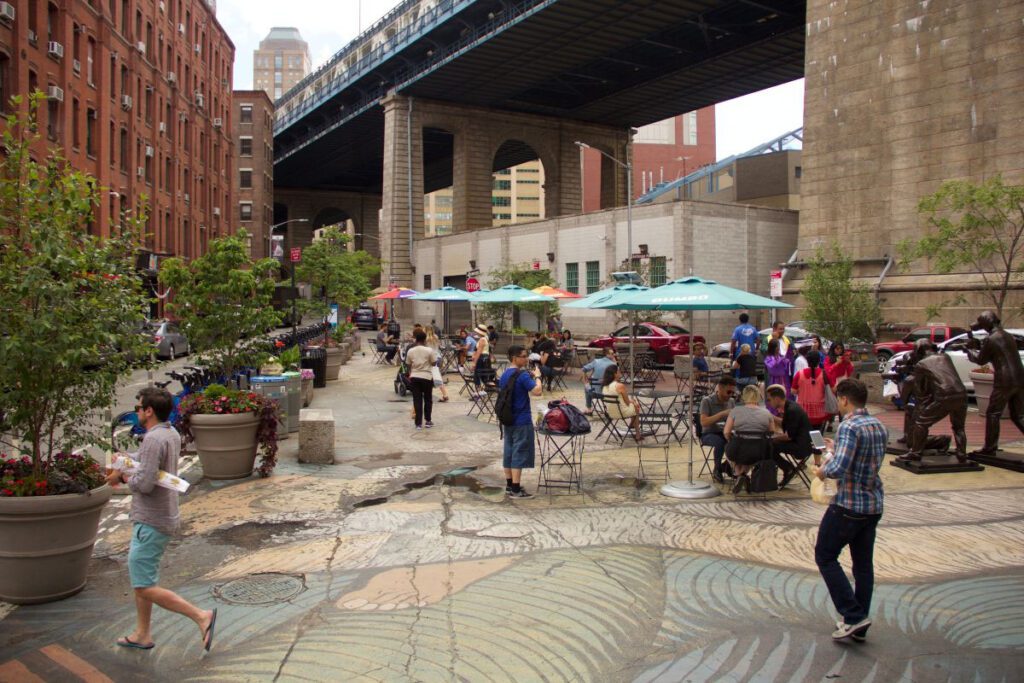
Urban Acupuncture: A Consideration of Specific Interventions for Addressing Systemic Impact
Urban acupuncture, a theoretical and practical framework, was introduced by Brazilian architect and urbanist Jaime Lerner. Drawing parallels with the principles of traditional Chinese medicine, urban acupuncture identifies “pressure points” within the urban landscape specific locations of stress, stagnation, or potential and implements precise, localized interventions designed to elicit positive systemic effects. Conversely, urban acupuncture diverges from conventional urban renewal initiatives, which necessitate substantial investment and protracted timelines. Instead, it emphasizes nuanced, frequently symbolic interventions to enhance quality of life and foster community vitality. These interventions can range from repurposing a vacant lot into a community garden to establishing small cultural hubs in underutilized spaces. The efficacy of this approach stems from its contextual sensitivity, whereby each action is meticulously customized to align with the unique cultural, social, and environmental characteristics of its location. A notable example is the revitalization of Largo da Batata in São Paulo, which demonstrates the potential for community engagement and incremental improvements to transform underutilized spaces into vibrant public nodes. Urban acupuncture does not replace comprehensive planning; rather, it complements it by showing how small-scale actions can ripple outward and stimulate larger urban transformations.
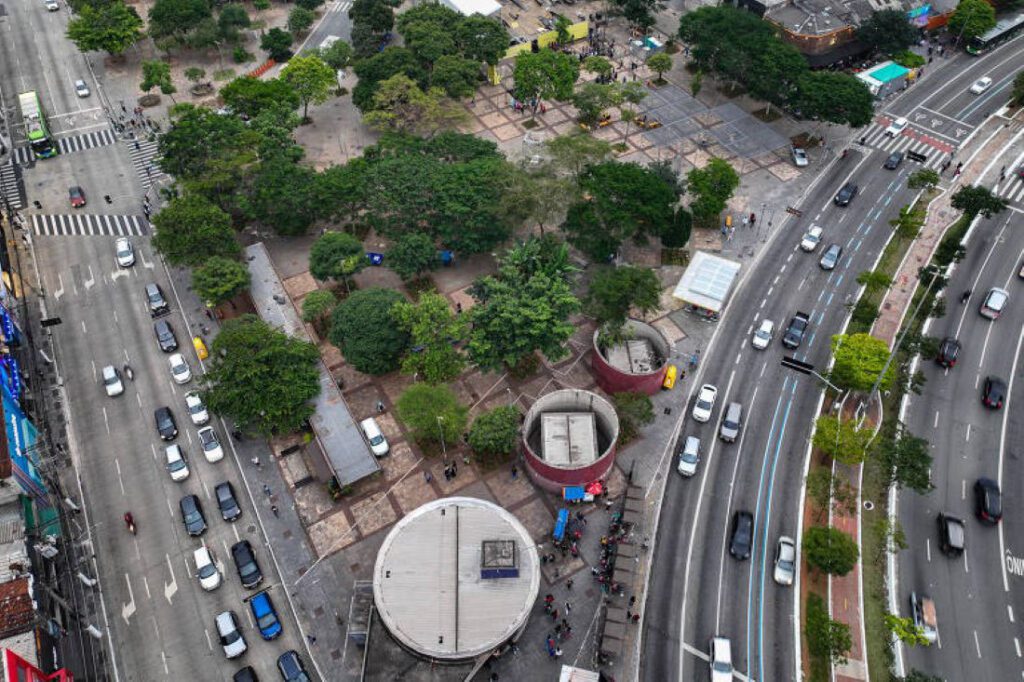
Source: Website Link
Tactical Urbanism: Prototyping the Future of Cities
Tactical urbanism is a grassroots-oriented approach characterized by short-term, low-cost, scalable interventions that aim to improve urban life. In contrast to urban acupuncture, which is often informed by expert analysis and long-term intent, tactical urbanism emphasizes a do-it-yourself (DIY) approach to activism and experimentation. This initiative empowers residents, advocacy groups, and sometimes municipalities to reclaim and repurpose public space in a timely, informal manner. Various tactics have been employed to promote active transportation and community engagement, including pop-up bike lanes, temporary pedestrian plazas, food truck festivals, and mobile libraries. These projects often begin without formal approval, yet can garner institutional endorsement upon success. A notable example is New York City’s transformation of Times Square, which began as a temporary street closure using rudimentary materials like paint and lawn chairs. This initiative gradually evolved into a permanent pedestrian plaza. Tactical urbanism is predicated on a philosophy of “action-based learning,” where short-term trials provide real-world data and community feedback that inform long-term urban policies. This approach is particularly valuable where traditional planning processes are slow or exclusionary, offering a democratized pathway to urban change.
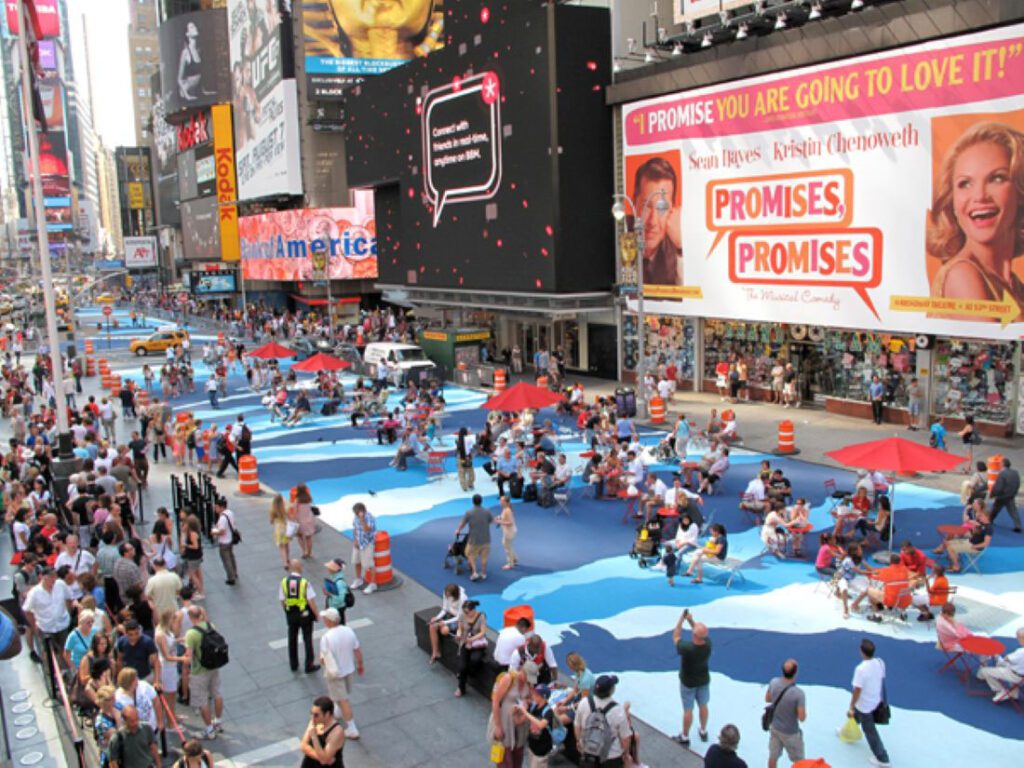
From Healing to Testing: A Comparison of Urban Acupuncture and Tactical Urbanism
Despite the shared commitment to micro-scale urban change exhibited by urban acupuncture and tactical urbanism, a close examination reveals significant differences in their methodologies, intentions, and philosophical underpinnings. Urban acupuncture, in contrast, employs a more strategic and symbolic approach, focusing on creating long-term ripple effects through deeply contextual and often aesthetic interventions. Typically, this initiative is spearheaded by urban planners, architects, or civic leaders who possess a comprehensive understanding of the intricate dynamics that characterize urban environments. In contrast, tactical urbanism is predicated on immediacy and experimentation. It encourages members of the general public to assume the role of urban agents, circumventing bureaucratic processes to implement tangible, pragmatic enhancements. The former aims to “heal” cities through carefully placed stimuli, while the latter seeks to “test” new urban conditions through temporary installations. However, it is important to note that these differences are not mutually exclusive. These strategies can be synergistic: urban acupuncture can establish the foundation for tactical experiments, while tactical urbanism can lay the groundwork for more permanent and strategic actions.
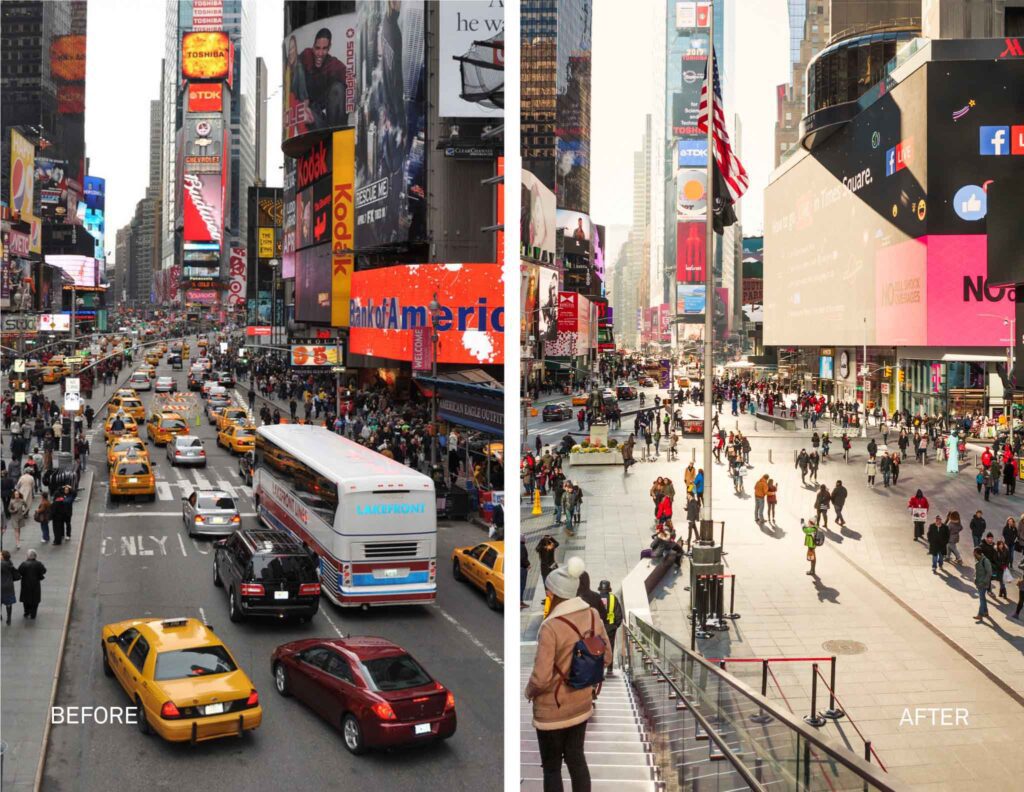
The Concept of Local Empowerment Through Micro-Scale Urbanism
A seminal aspect of micro-scale urbanism is its potential to empower local communities. A comparison of urban acupuncture and tactical urbanism reveals an emphasis on citizen participation; however, the latter particularly lowers the threshold for involvement. These practices acknowledge the residents as authorities in their own communities and empower them to identify, prioritize, and address issues without awaiting centralized intervention. The democratization of urban design fosters a stronger sense of ownership, stewardship, and civic identity. Furthermore, the implementation of small-scale projects has been demonstrated to foster the development of social capital and enhance local collaborative capacities within communities. The Better Block Foundation’s 2015 project in Akron, Ohio, is a notable example: a neglected stretch of Main Street was temporarily transformed with colorful crosswalks, shaded seating, and modular vendor kiosks, sparking renewed civic interest and dialogue around permanent revitalization. Nevertheless, to ensure equitable outcomes, it is imperative that these initiatives incorporate diverse voices and avoid reinforcing existing inequalities.
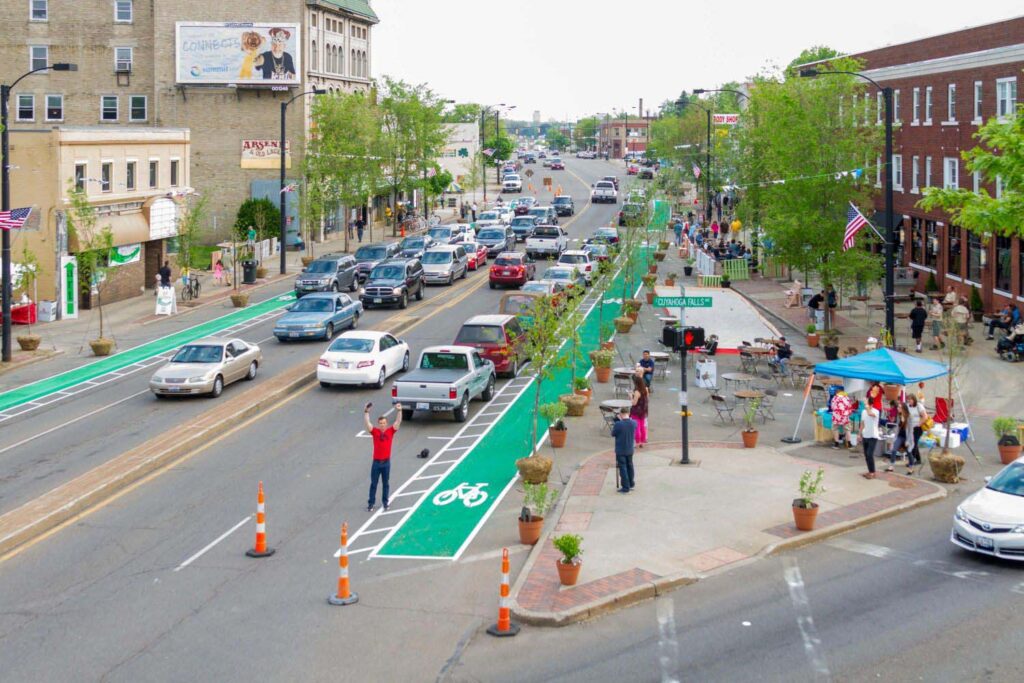
A Discussion of the Challenges and Limitations of Micro-Scale Strategies is Warranted
Despite their appeal, micro-scale urban strategies are not without limitations. A prevalent criticism leveled at these initiatives is that they frequently culminate in superficial beautification endeavors that neglect to tackle underlying systemic issues. Absent integration into comprehensive planning frameworks, tactical interventions may exhibit a paucity of longevity or coherence. Moreover, legal and regulatory constraints, including zoning laws, liability concerns, and permitting requirements, have the potential to impede grassroots experimentation. A concomitant risk of such initiatives is the potential for exclusivity, wherein well-resourced communities may derive greater benefit from micro-interventions than those experiencing marginalization. Additionally, the symbolic nature of urban acupuncture may be misinterpreted as a substitute for comprehensive infrastructure investment, particularly in underserved areas. For these strategies to be genuinely transformative, they must be accompanied by institutional support, policy integration, and inclusive community engagement.
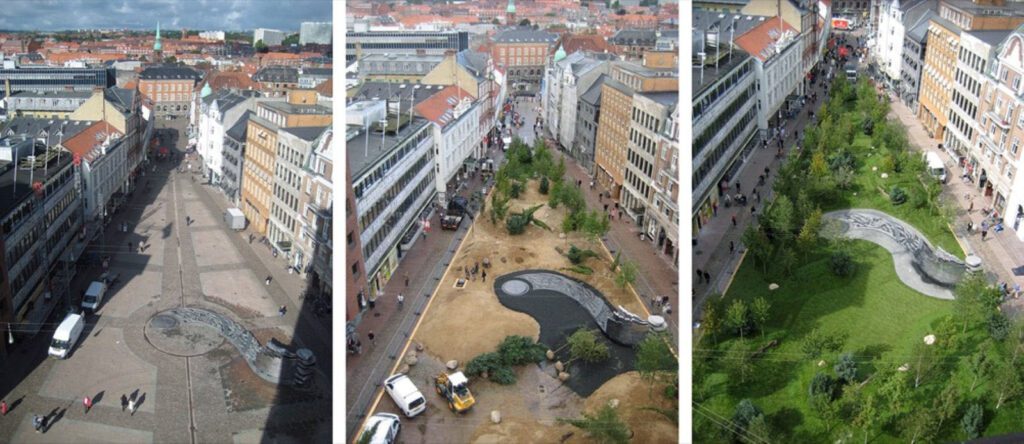
Toward Integrated Micro-Scale Urbanism: Bridging Theory and Practice
In contemplating the future of micro-scale urbanism, it is posited that the most promising trajectory lies in the integration of two distinct yet complementary approaches: urban acupuncture’s strategic intentionality and tactical urbanism’s adaptability and grassroots energy. By integrating long-term strategic vision with short-term operational actions, urban centers can foster feedback-rich environments that exhibit responsiveness to the needs of their inhabitants. Digital tools and data analytics have the potential to further enhance this model by enabling real-time monitoring and evaluation of interventions. Urban planners can function as facilitators, thereby connecting community-led initiatives with municipal resources and regulatory frameworks. The implementation of pilot projects can serve as a model for the development of policy, with successful tactical experiments potentially transitioning into permanent infrastructure through public-private partnerships. A hybrid approach is ultimately recommended, as it acknowledges the complexities of contemporary cities while offering scalable, inclusive, and context-sensitive solutions.
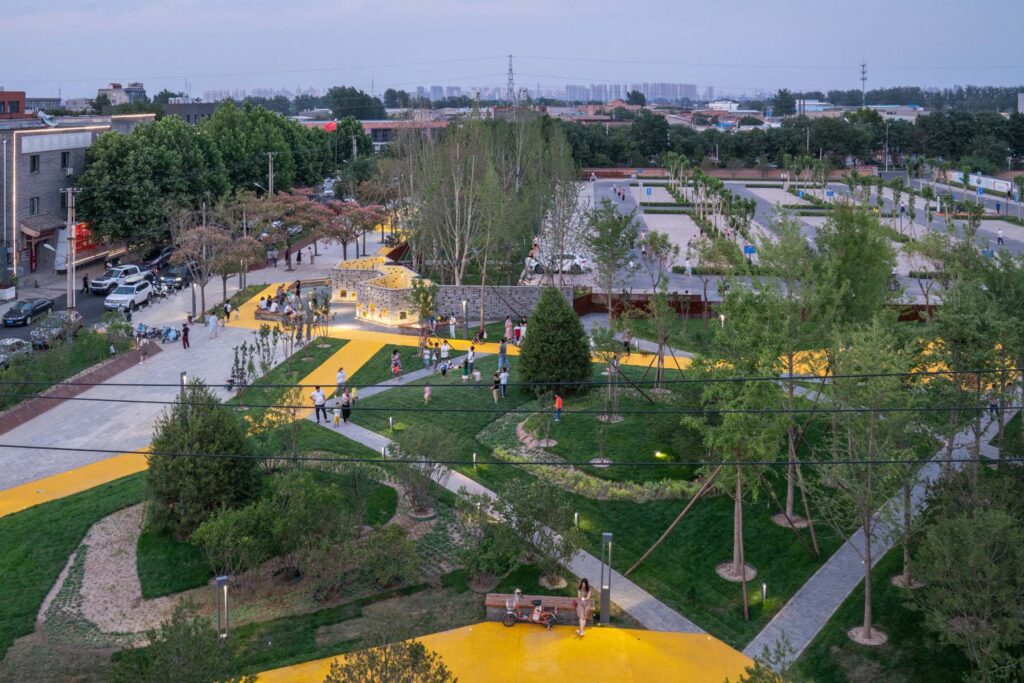
Conclusion
Micro-scale urbanism provides a robust and adaptable response to the evolving demands of contemporary cities. A thorough investigation of urban acupuncture and tactical urbanism elucidates how modest, localized initiatives can engender substantial social, spatial, and systemic ramifications. While each approach operates from different origins—strategic versus tactical, top-down versus bottom-up—their shared emphasis on community engagement, experimentation, and responsiveness makes them indispensable tools in the urbanist’s toolkit.
Despite their limitations, these strategies engender new possibilities for inclusive, participatory, and place-sensitive urban development. When incorporated with forethought, they have the potential to transcend the limitations of superficial or transient remedies, contributing to the development of more robust and equitable urban futures. The integration of these two elements is predicated on the alignment of long-term vision with short-term action. In an era of global urban flux, where communities often lack the time or resources for massive infrastructure projects, micro-scale strategies offer a pragmatic yet visionary alternative. These initiatives empower municipalities to engage with constituents, acquire knowledge, and progress in a phased manner, addressing specific issues in a targeted way, such as a single block, a designated public space, or a locale where residents encounter difficulties.
References
- Gehl, J. (2010). Cities for people. Island Press.
- Jacobs, J. (1961). The death and life of great American cities. Random House.
- Lerner, J. (2014). Urban acupuncture. Island Press.
- Lydon, M., & Garcia, A. (2015). Tactical urbanism: Short-term action for long-term change. Island Press.
- Project for Public Spaces. (n.d.). What is placemaking?. Retrieved from https://www.pps.org/article/what-is-placemaking
- Street Plans Collaborative. (n.d.). Tactical Urbanism Projects. Retrieved from https://tacticalurbanismguide.com/projects/
- Institut Paris Region. (2020, February 7). Tactical urbanism: Small‑scale projects, paradigm shifts? Institut Paris Region. https://en.institutparisregion.fr/know‑how/urban‑planning/cities‑change‑the‑world/tactical‑urbanism‑small‑scale‑projects‑paradigm‑shifts/

Seakmy Ty
About the Author
Seakmy Ty is a Cambodian architecture student pursuing a master’s degree in urban planning in France. Originally from Phnom Penh, a city that is rapidly changing due to urban growth, she has developed a deep passion for sustainable urban design and planning. She has received academic training in smart city systems, energy efficiency, and resilience strategies. Seakmy is particularly interested in how design and governance can create cities that balance rapid development with long-term environmental and social well-being.
Related articles

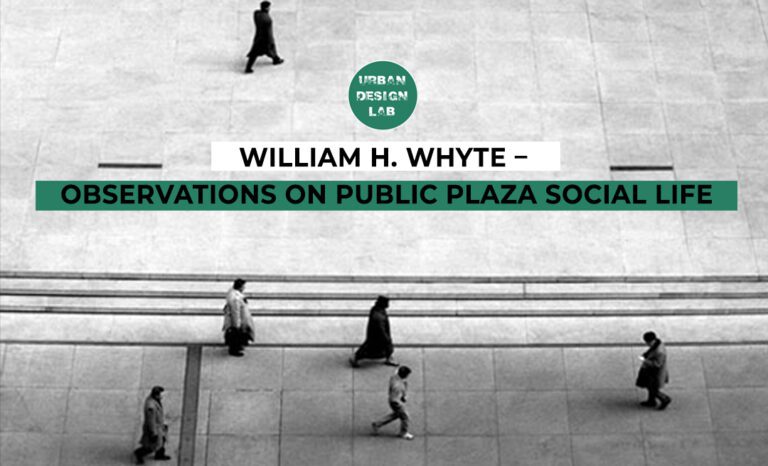
William H. Whyte public space theory
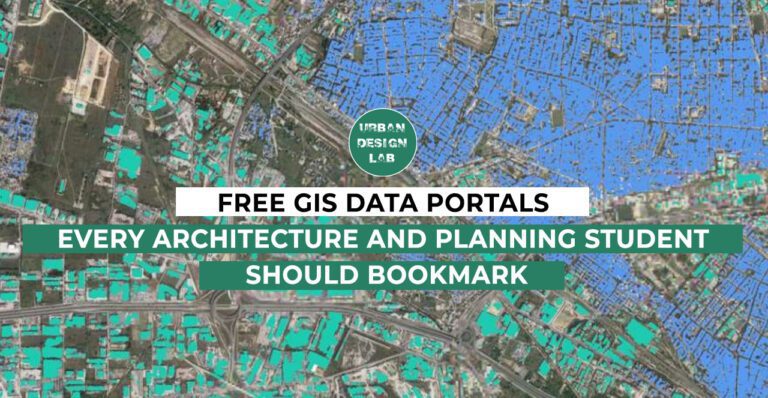
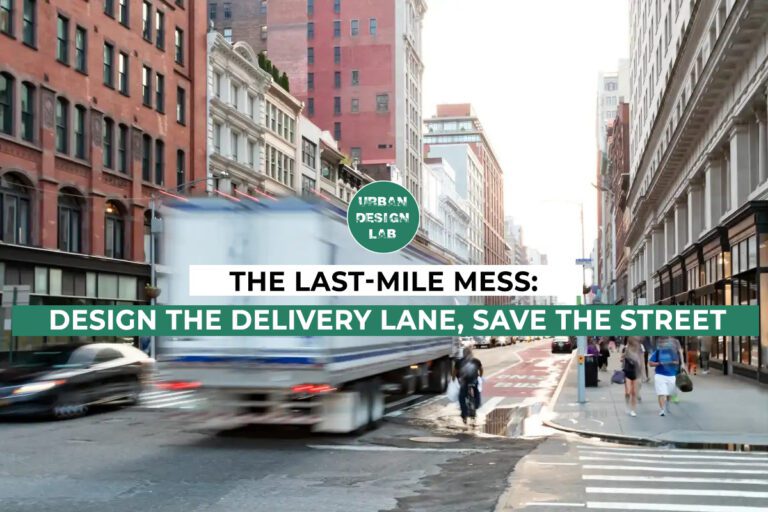
Designing the Last Mile Delivery Lane to Save Urban Streets
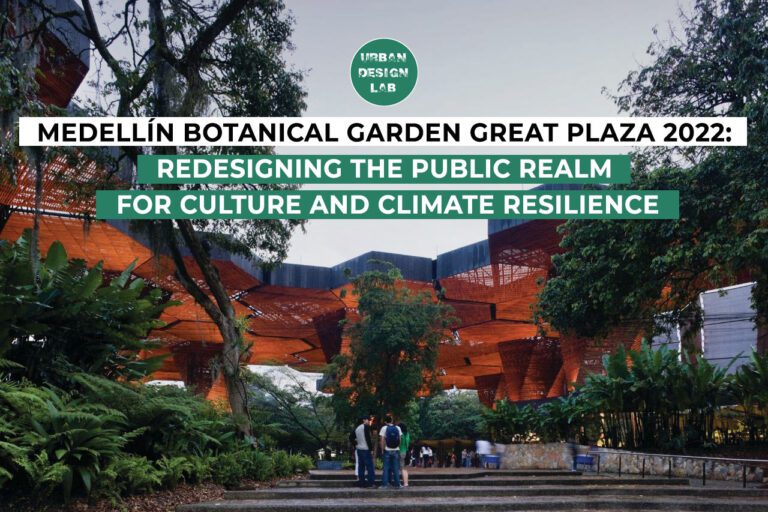
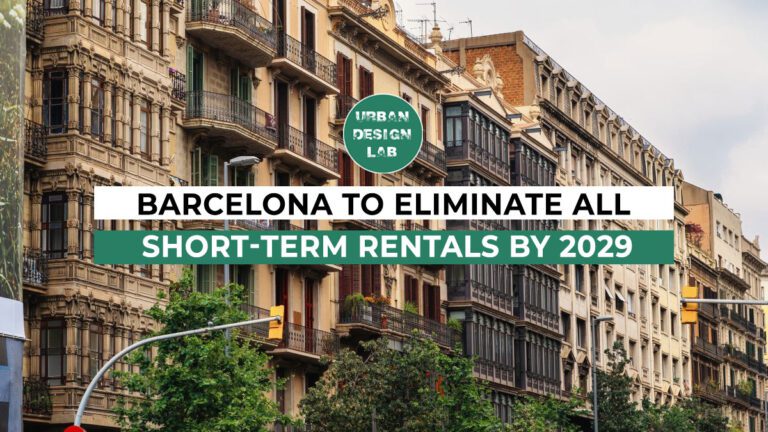
Barcelona to Eliminate All Short-Term Rentals by 2029
UDL Illustrator
Masterclass
Visualising Urban and Architecture Diagrams
Session Dates
17th-18th January 2026

Urban Design Lab
Be the part of our Network
Stay updated on workshops, design tools, and calls for collaboration
Curating the best graduate thesis project globally!

Free E-Book
From thesis to Portfolio
A Guide to Convert Academic Work into a Professional Portfolio”
Recent Posts
- Article Posted:
- Article Posted:
- Article Posted:
- Article Posted:
- Article Posted:
- Article Posted:
- Article Posted:
- Article Posted:
- Article Posted:
- Article Posted:
- Article Posted:
- Article Posted:
Sign up for our Newsletter
“Let’s explore the new avenues of Urban environment together “
